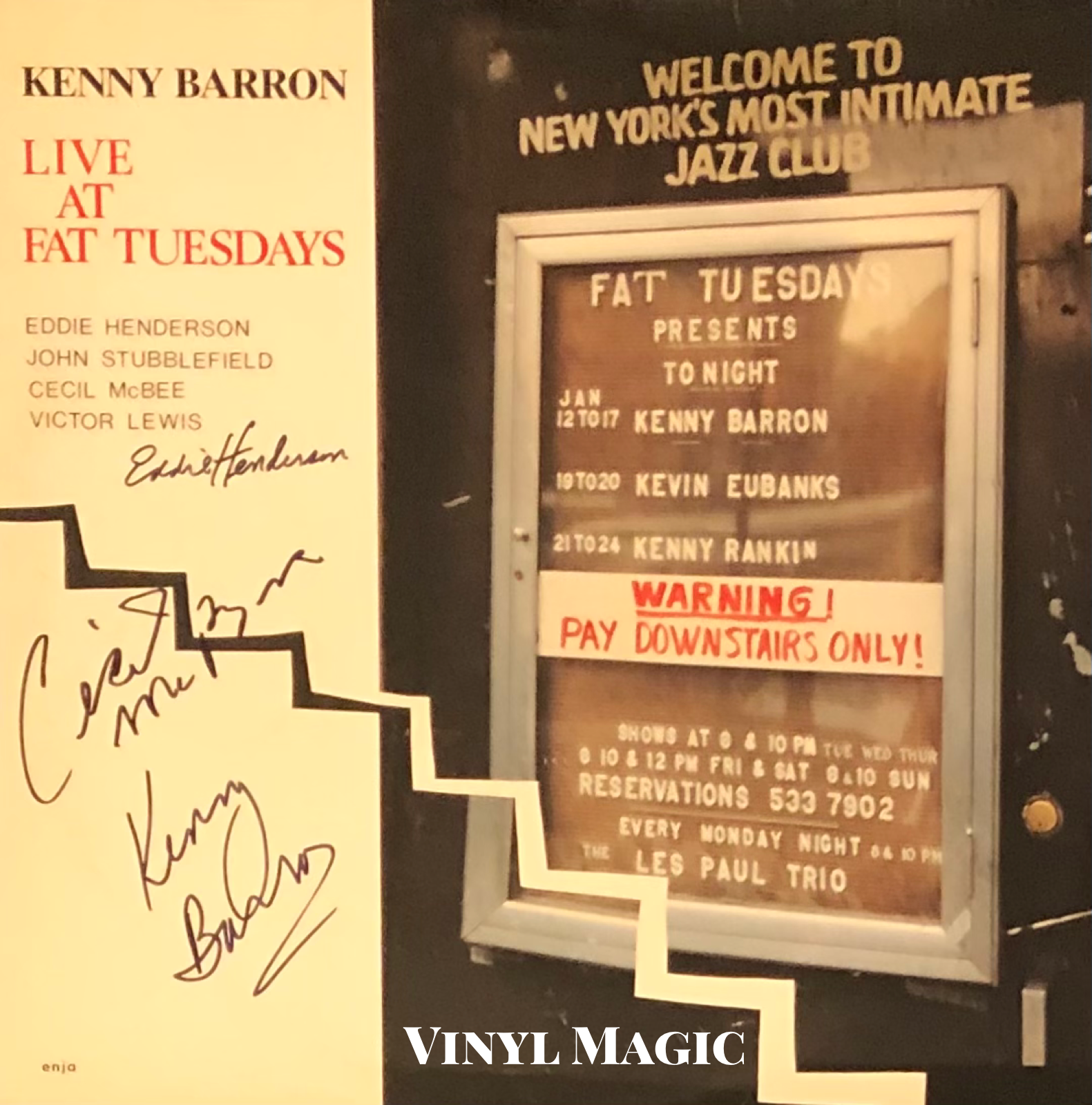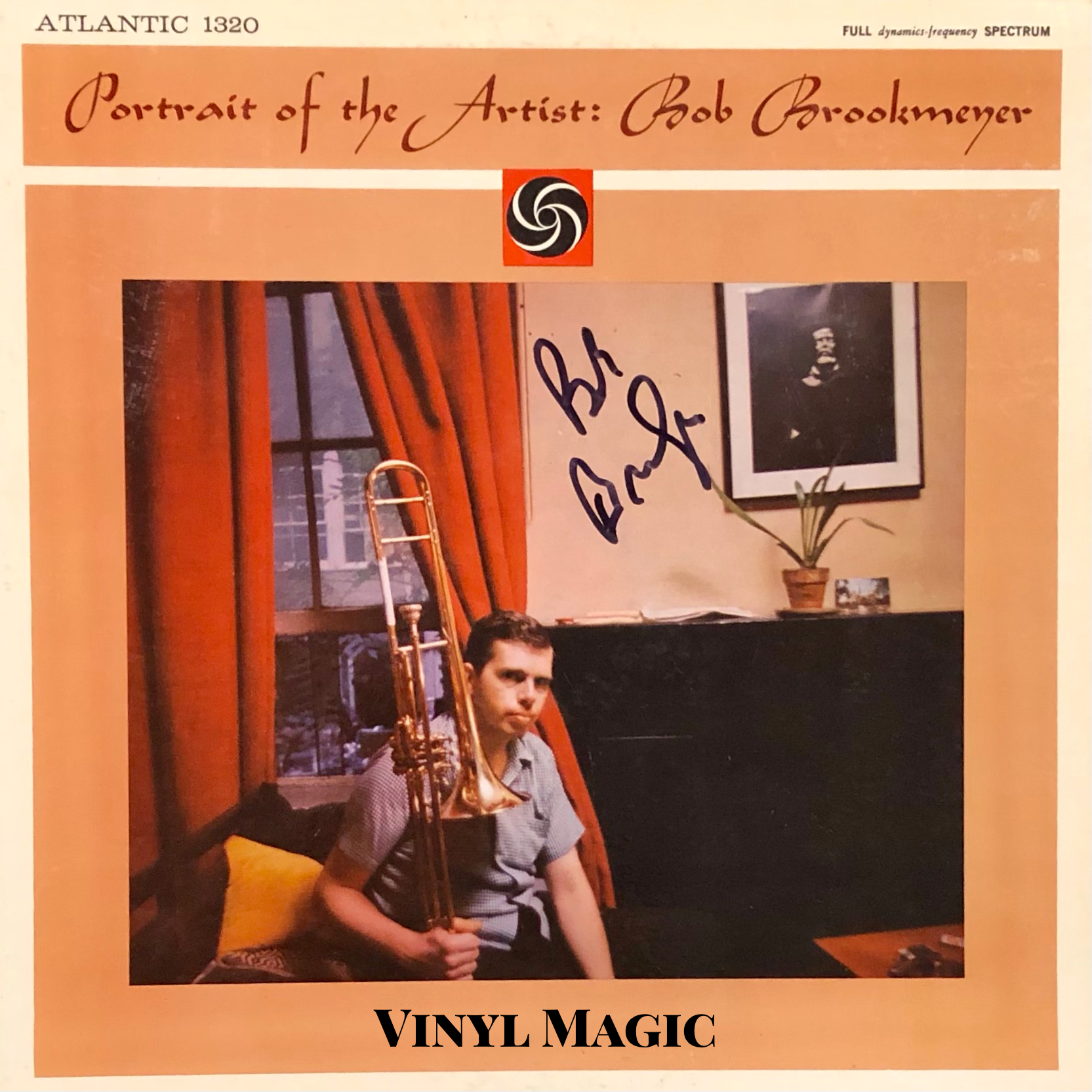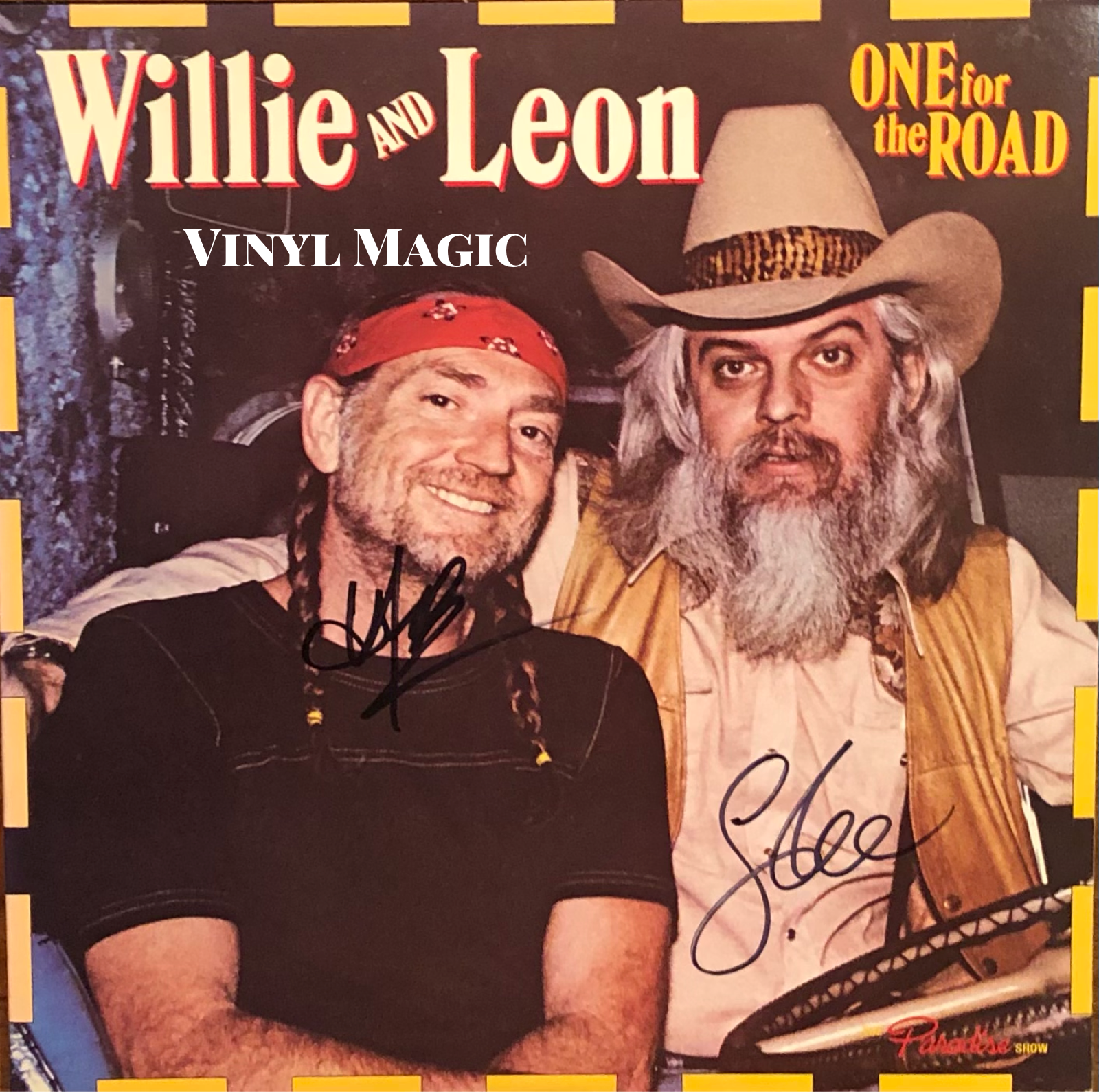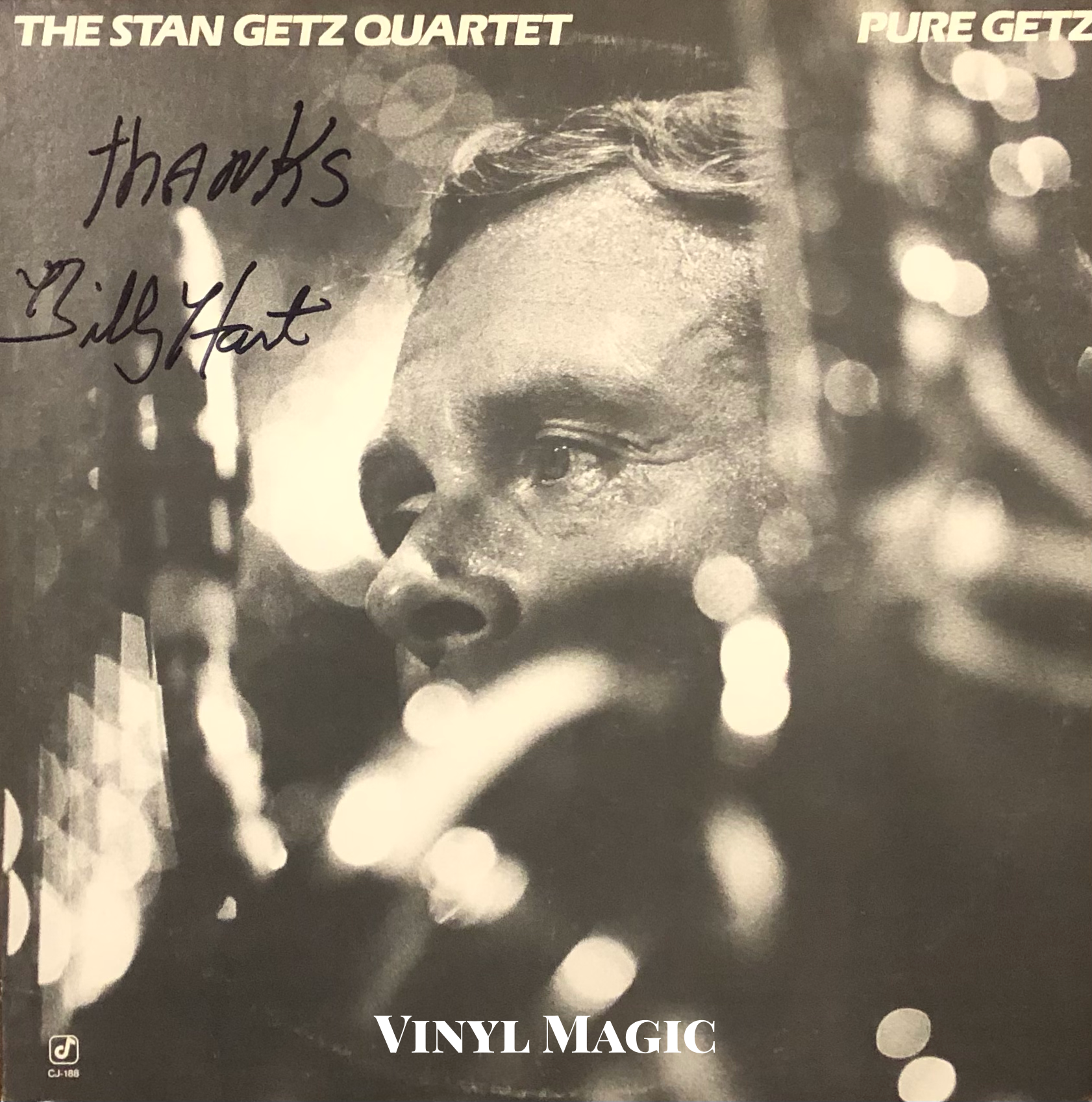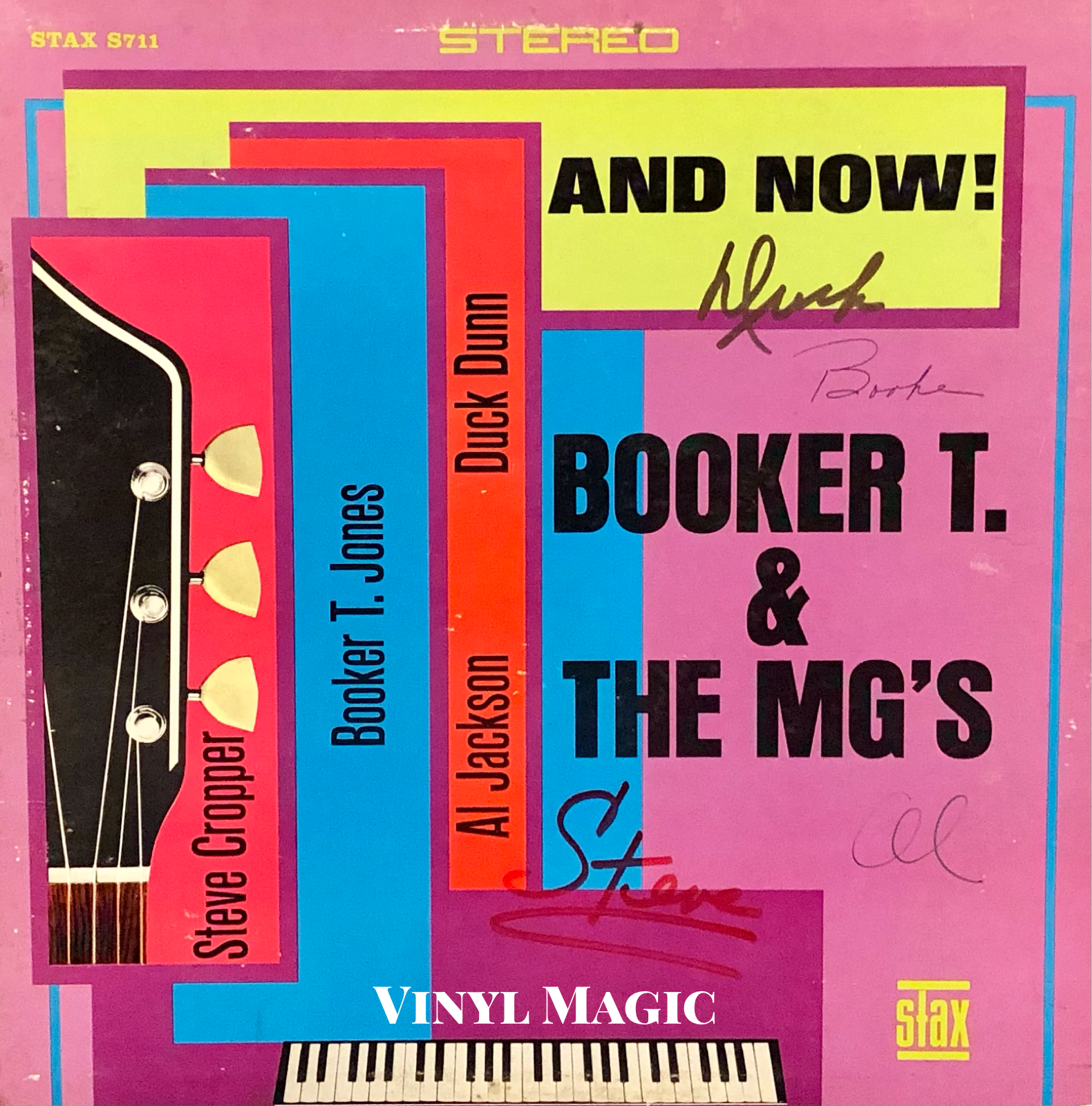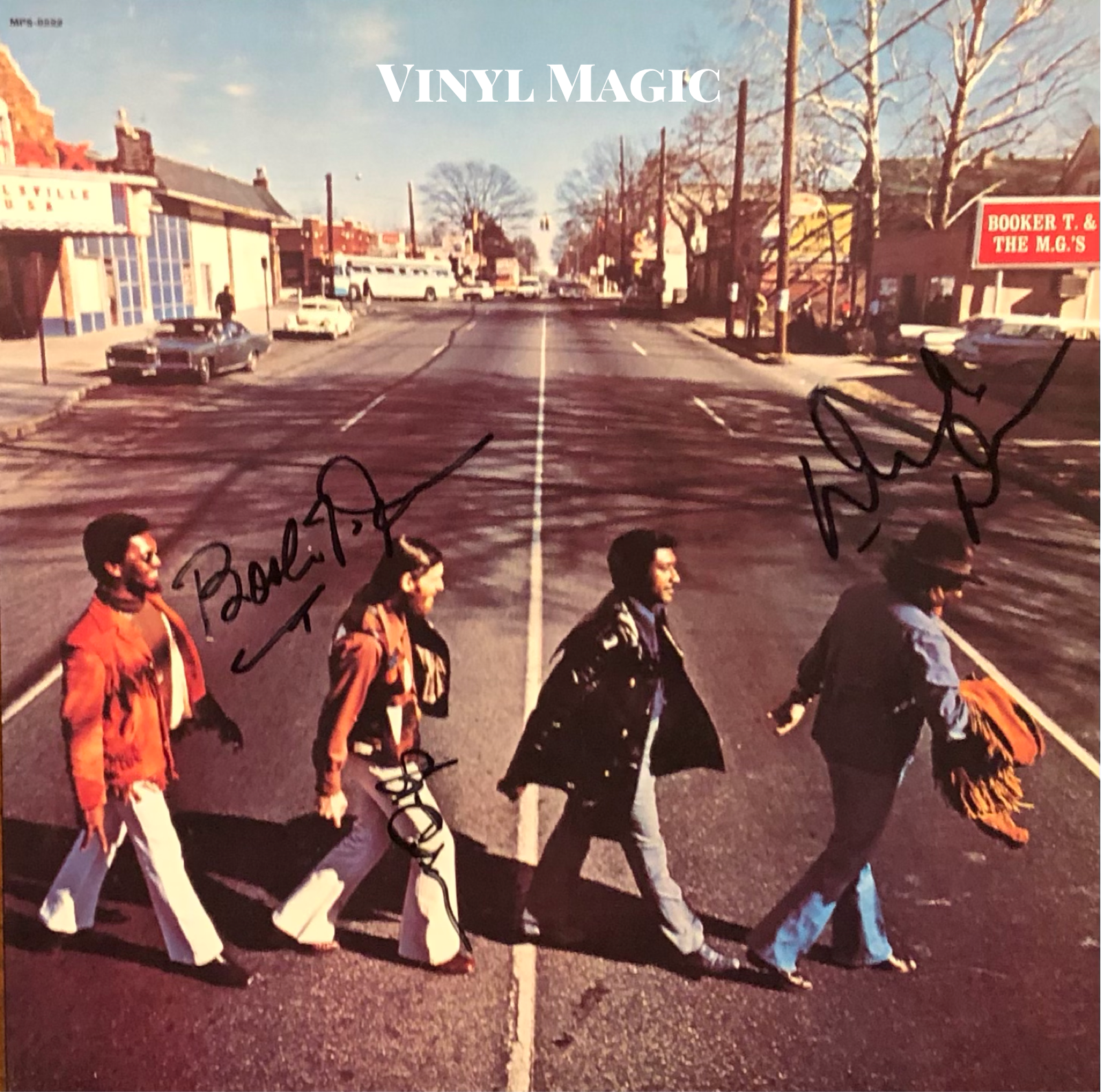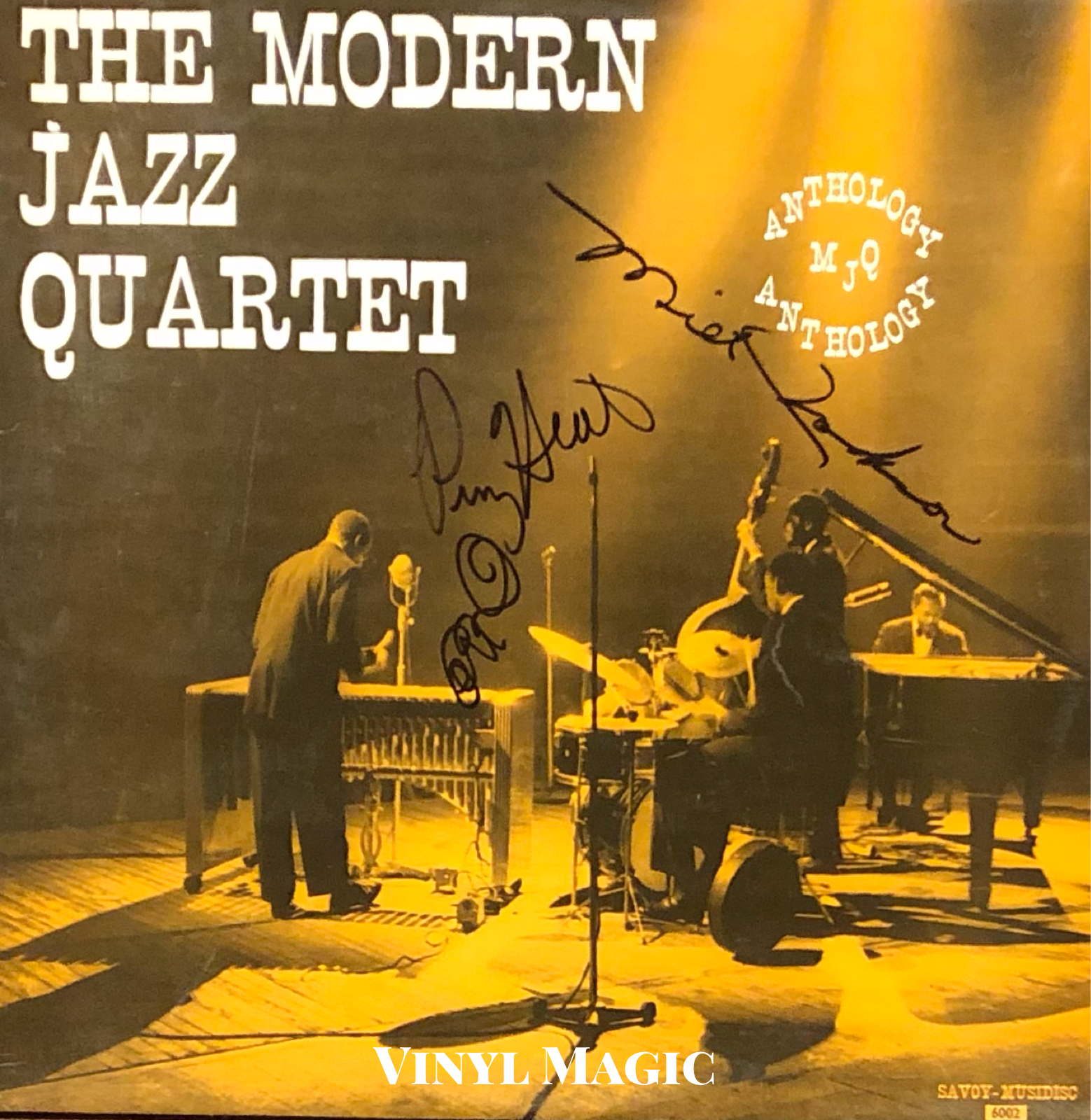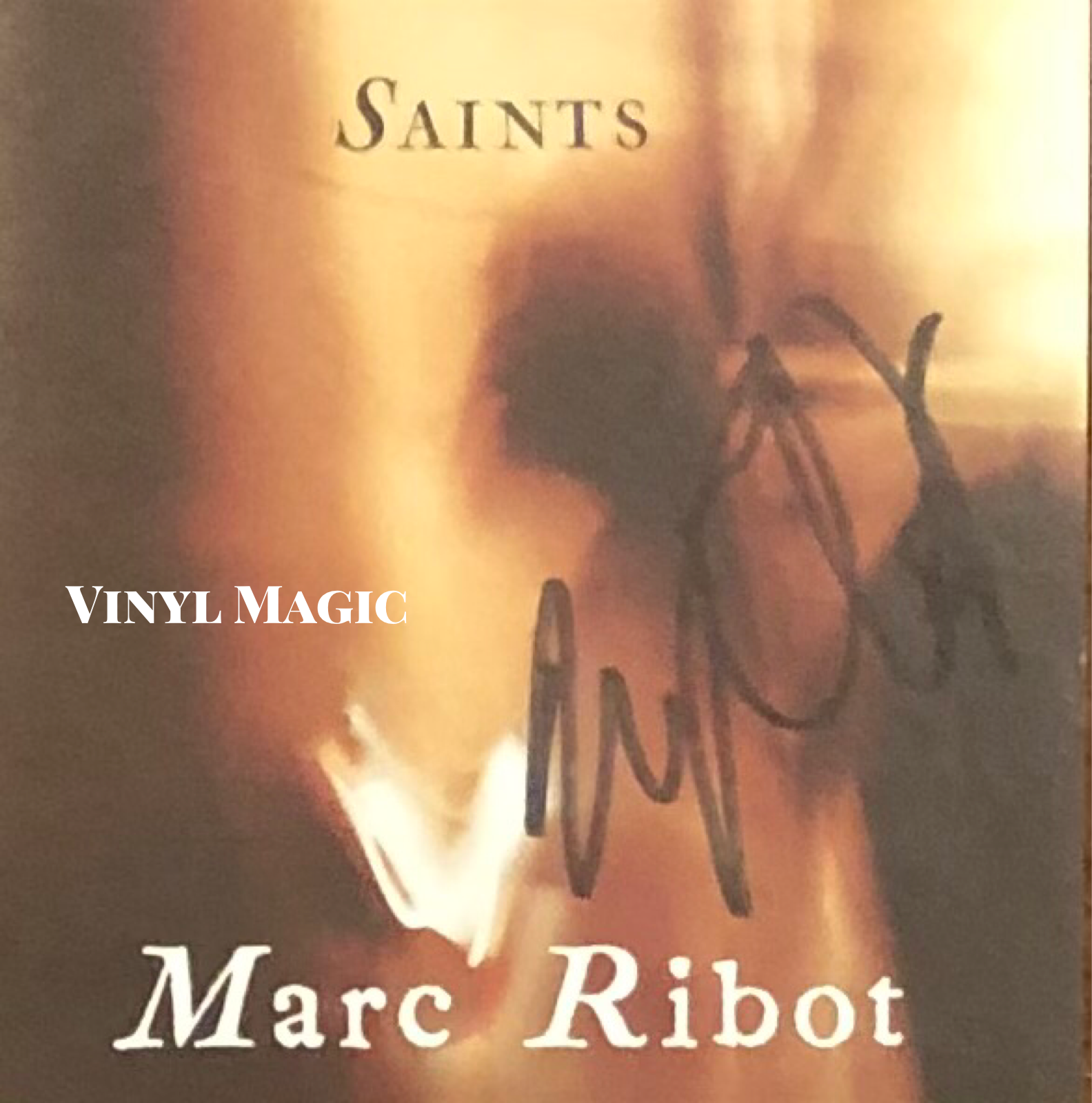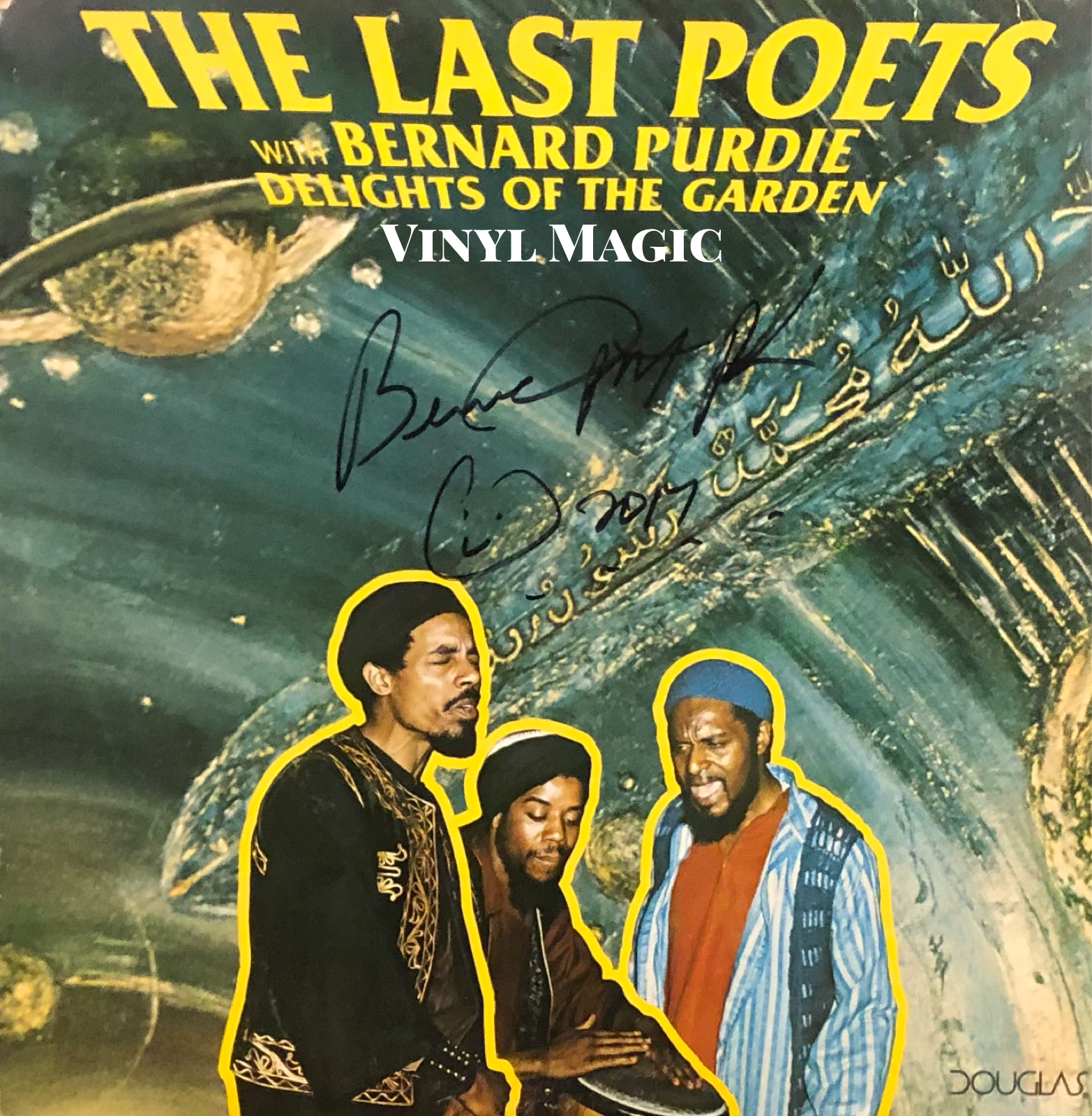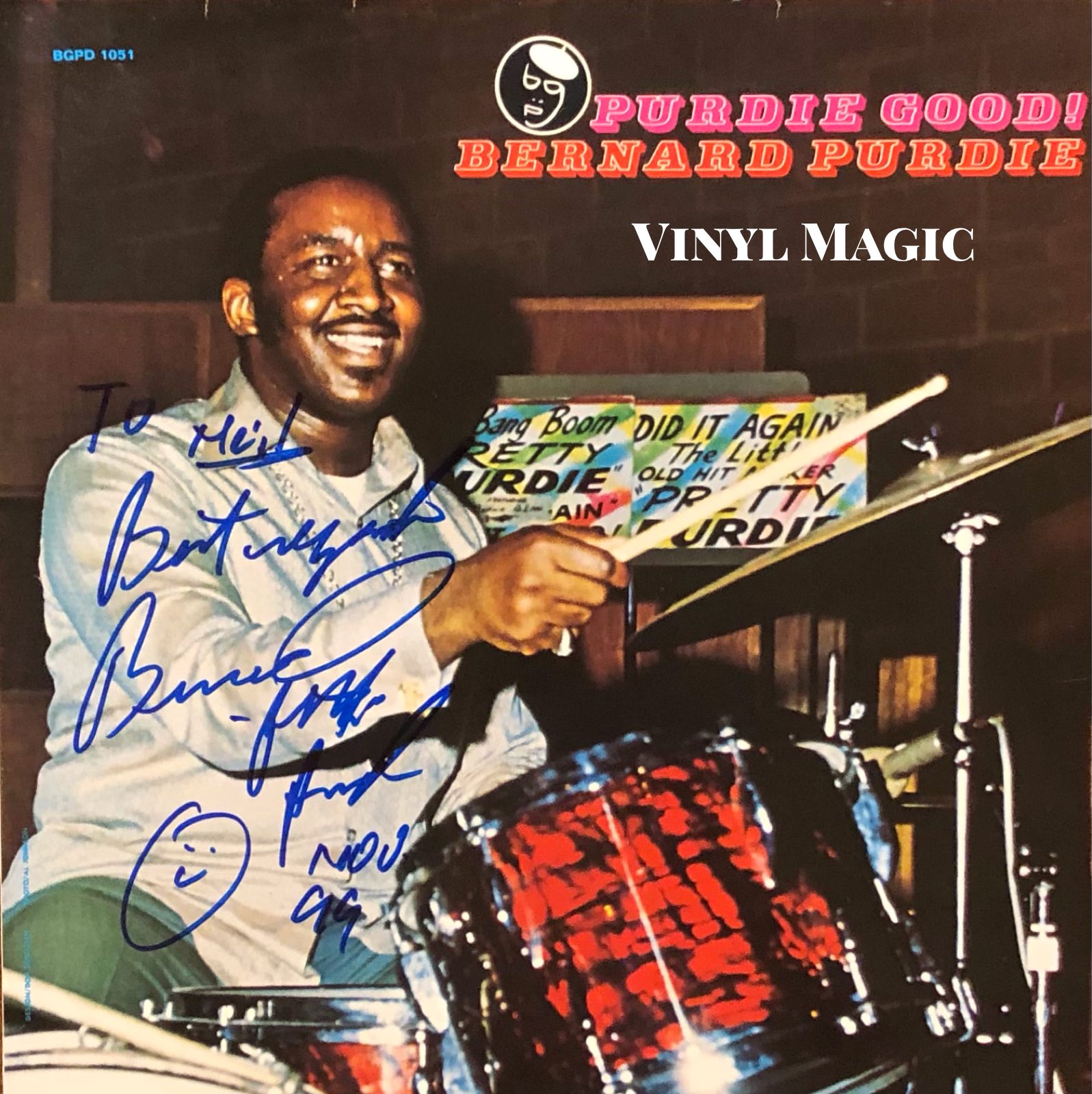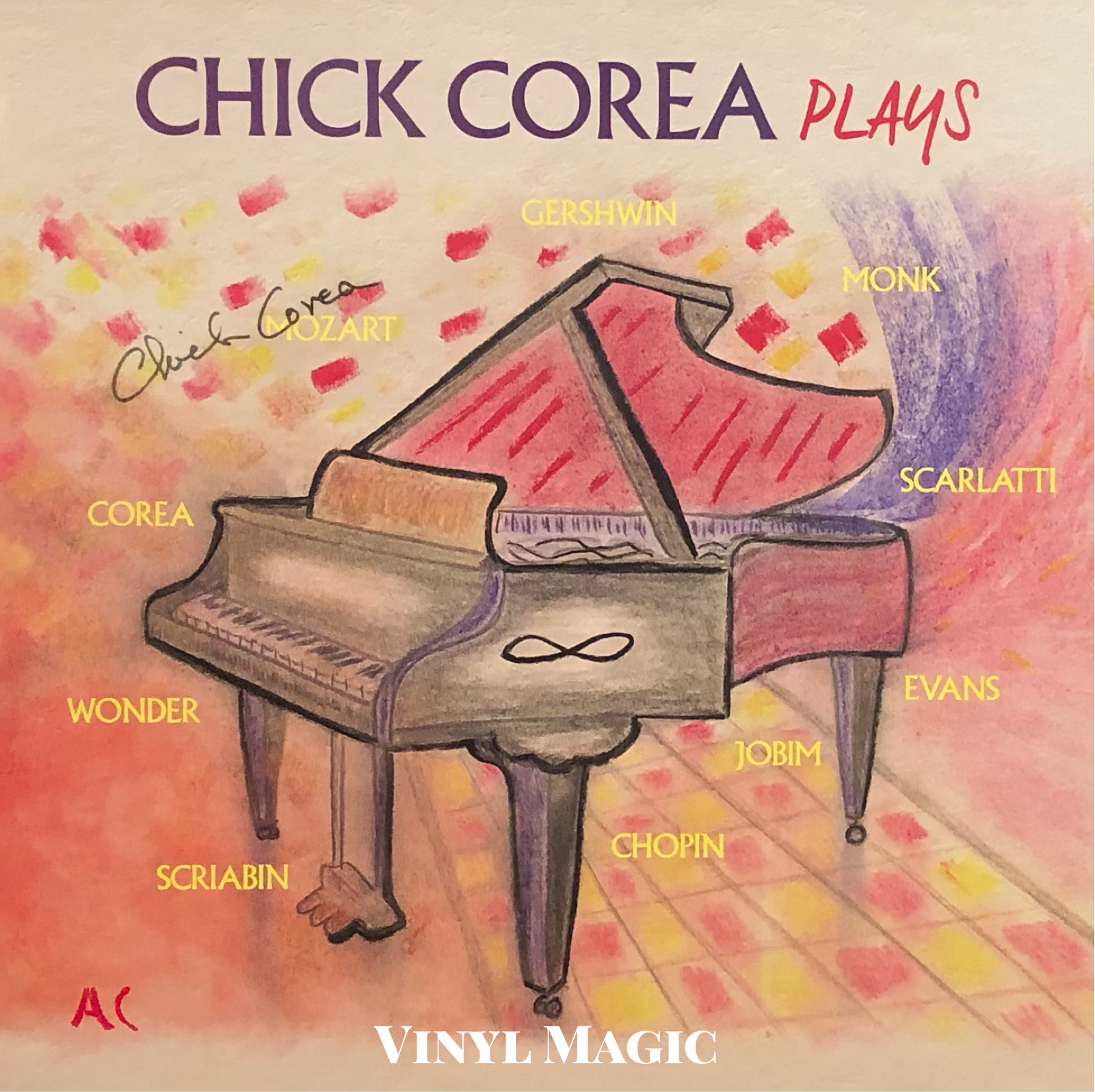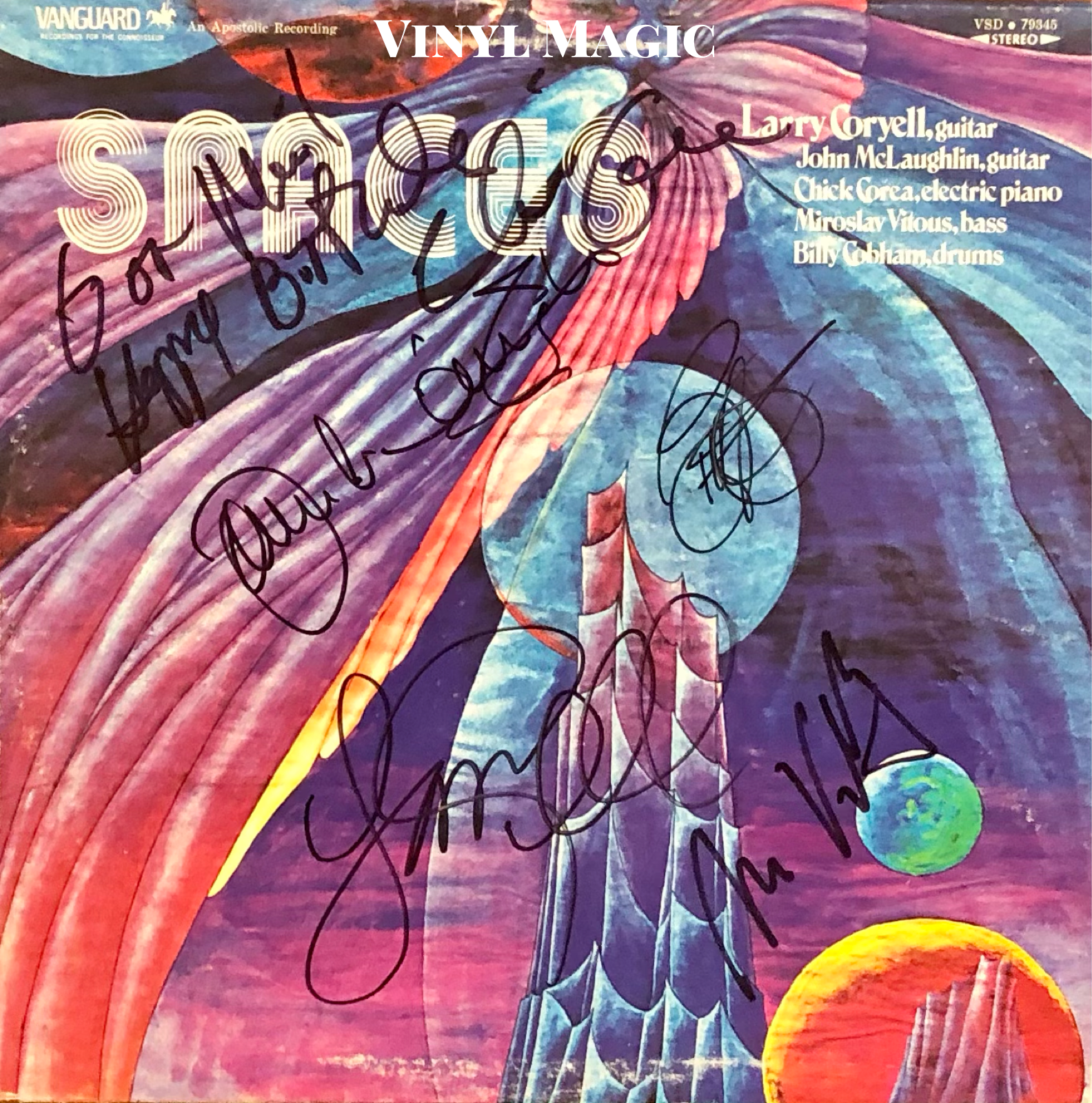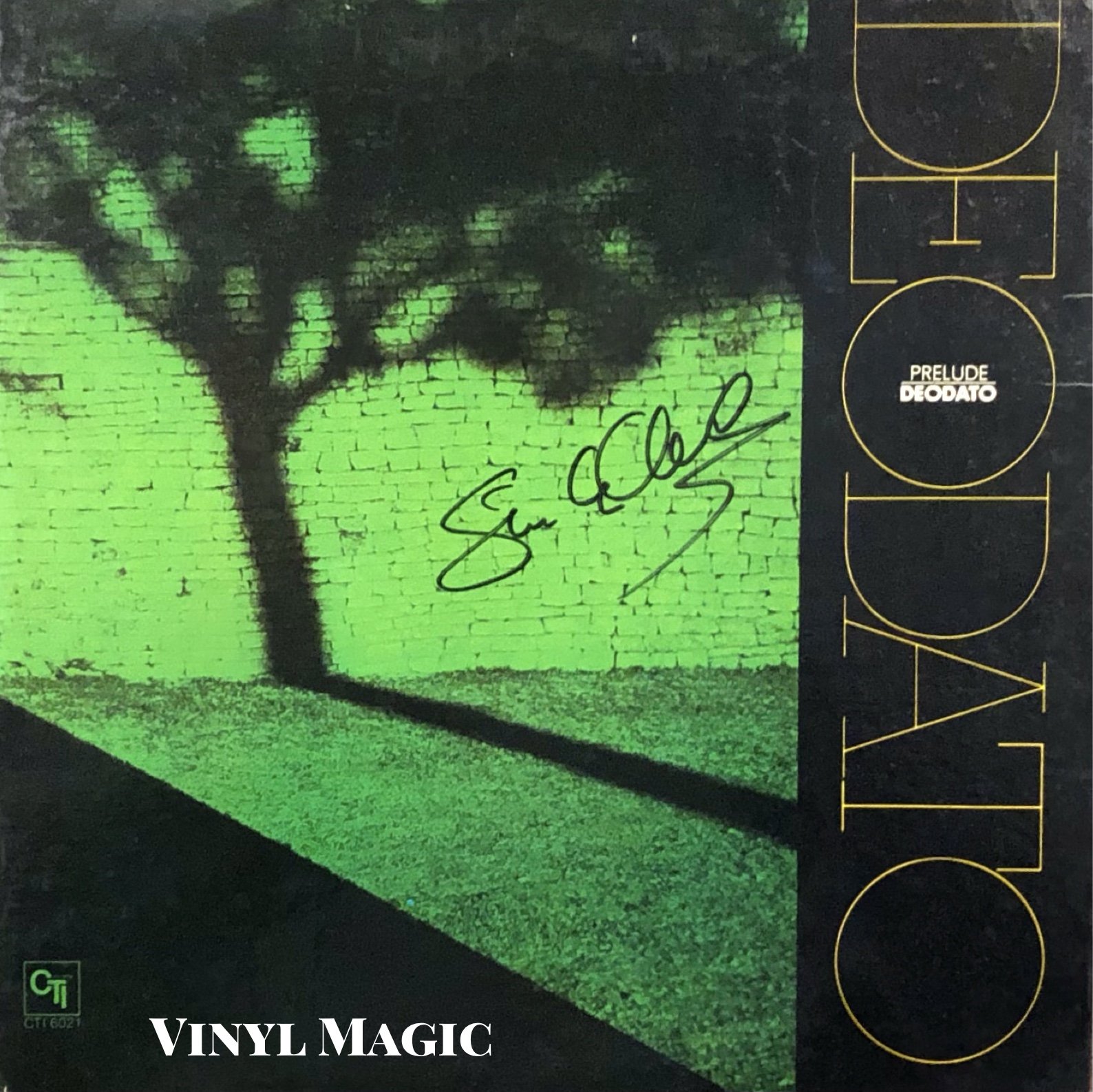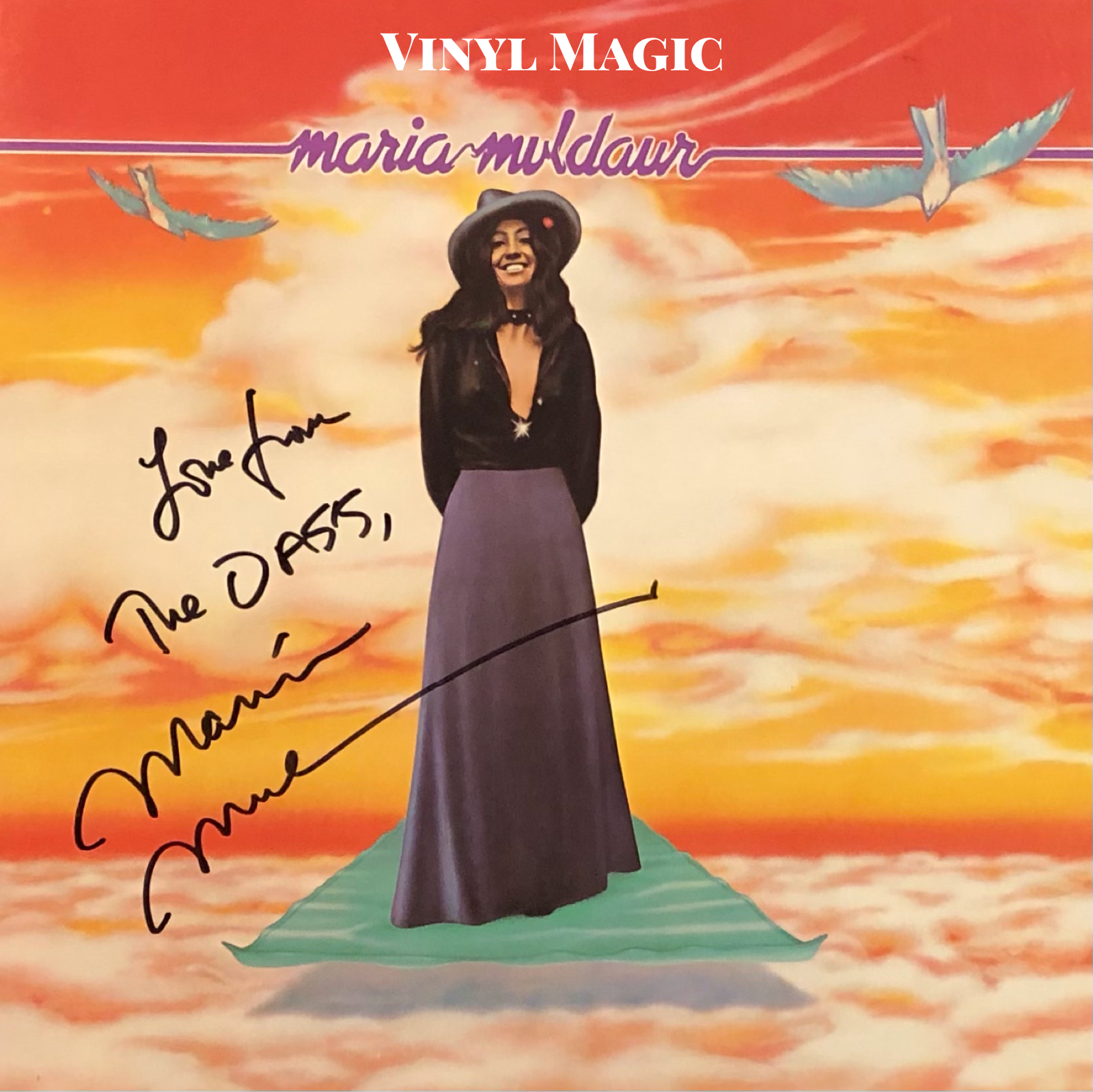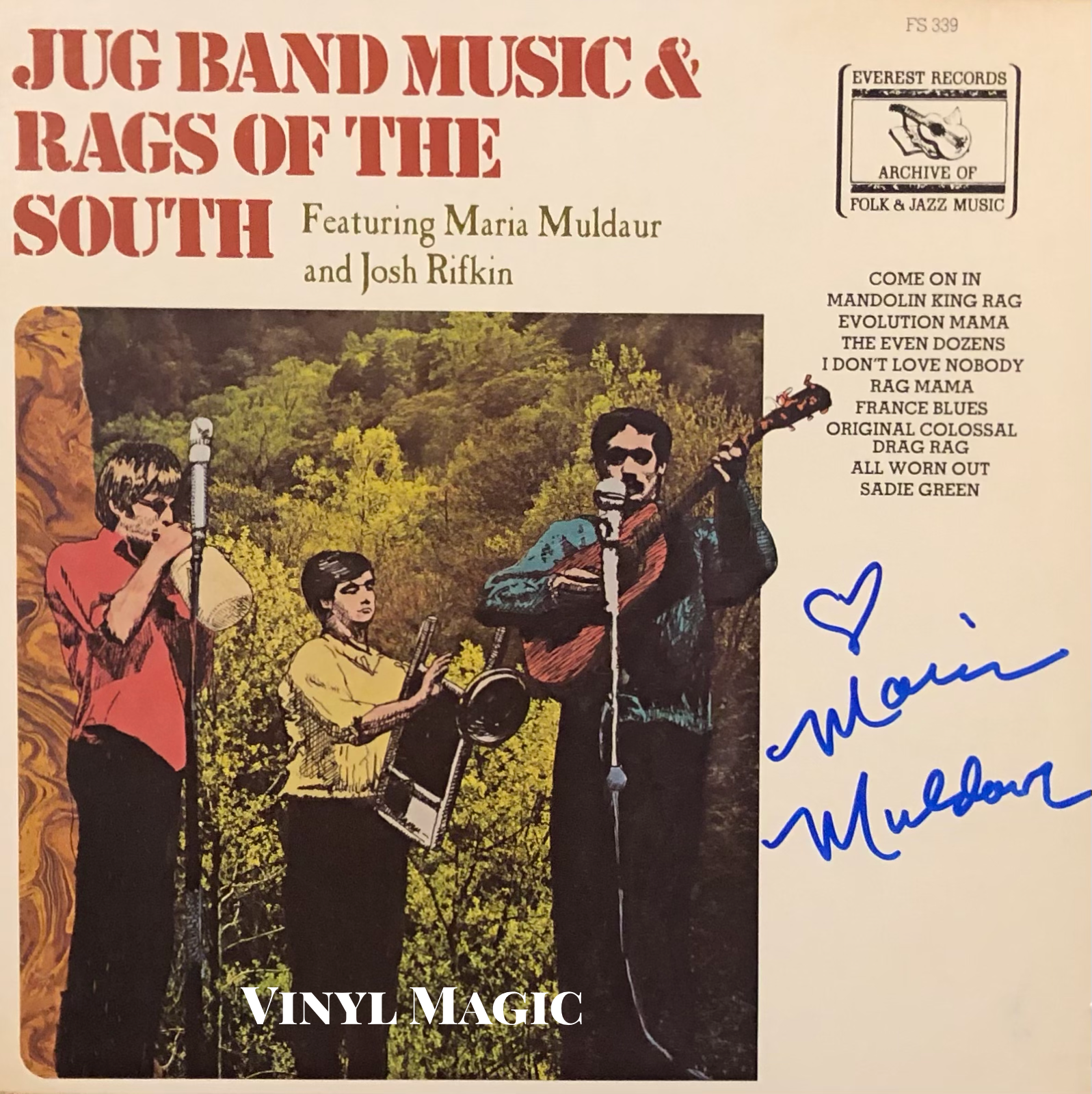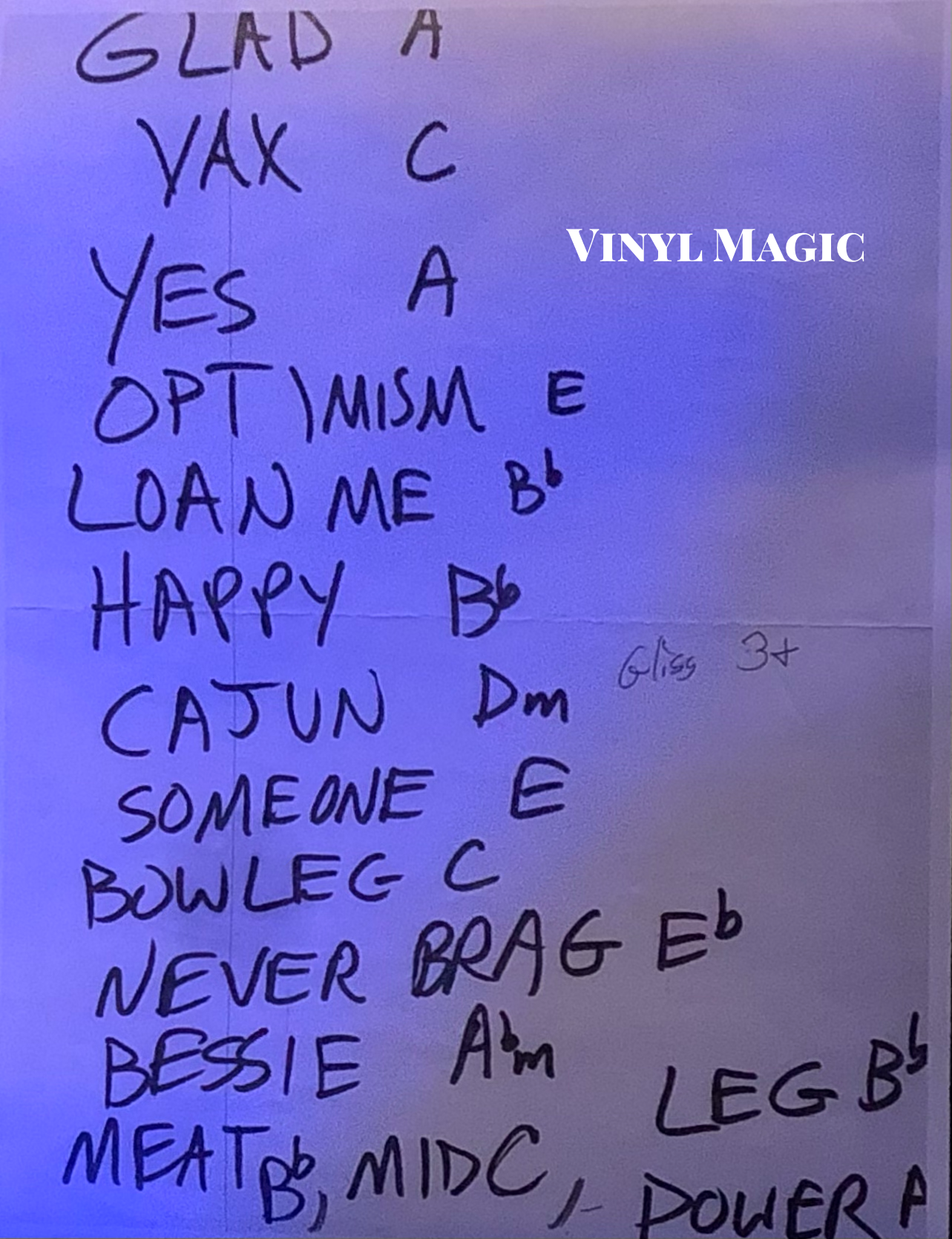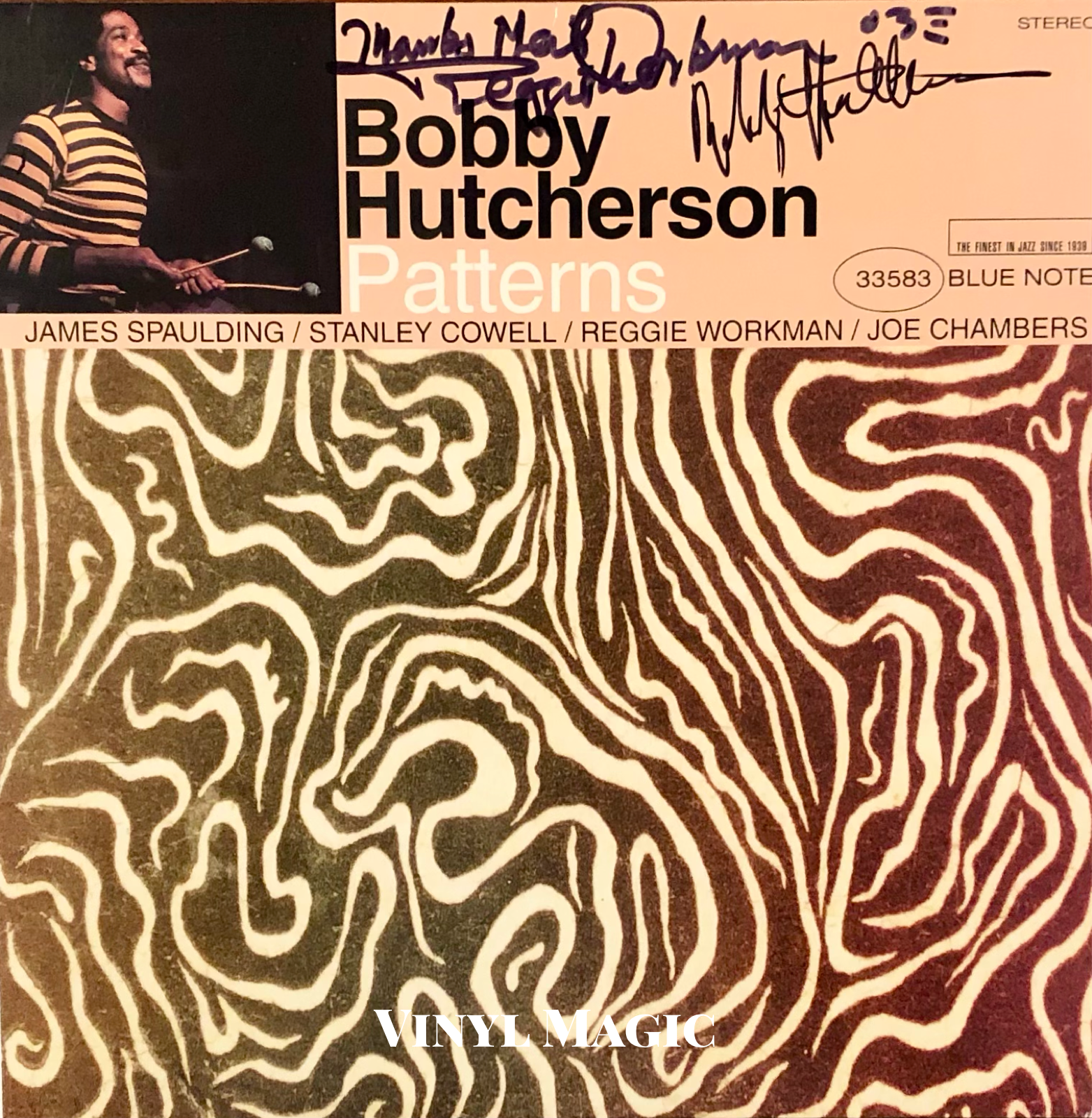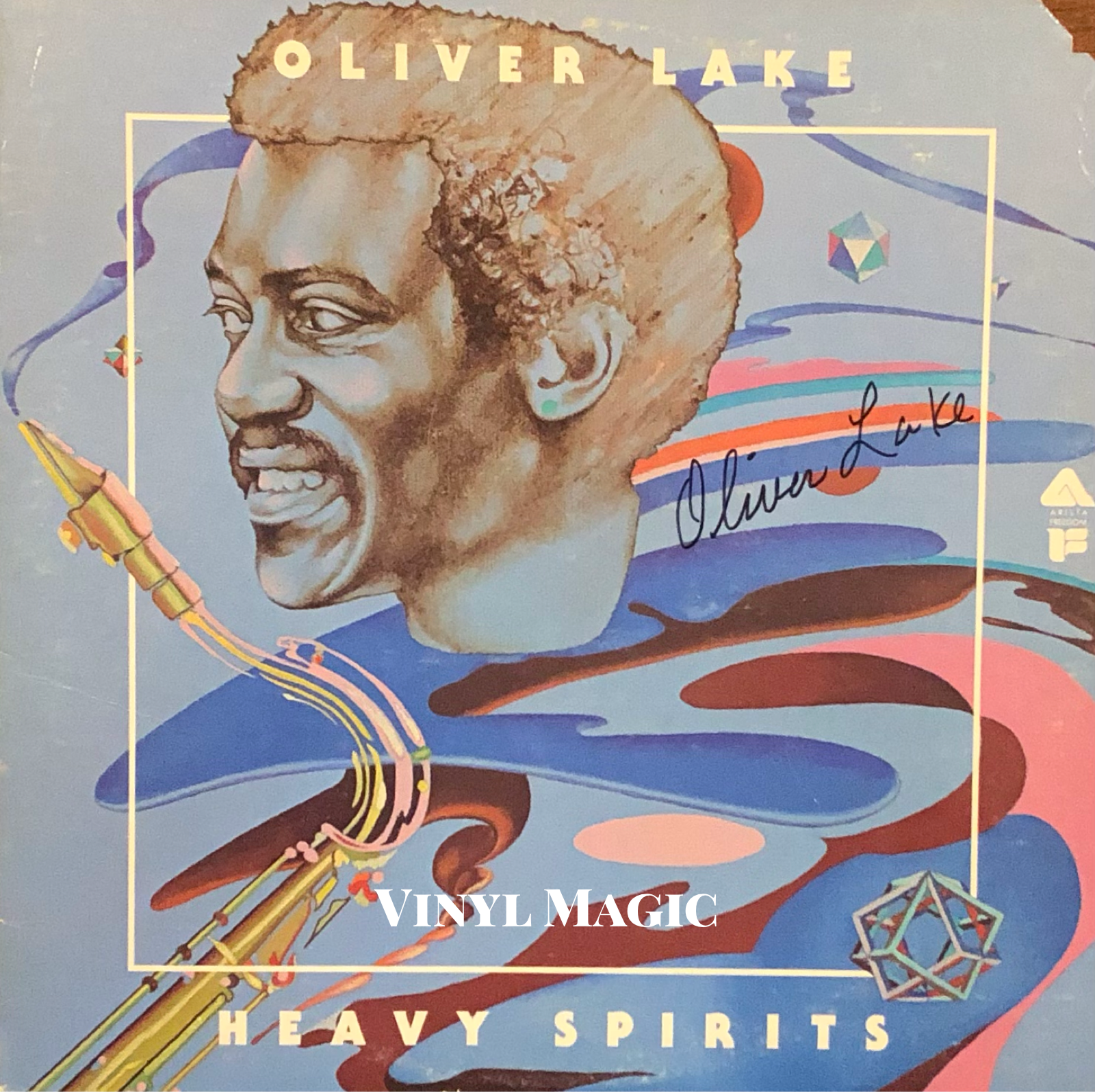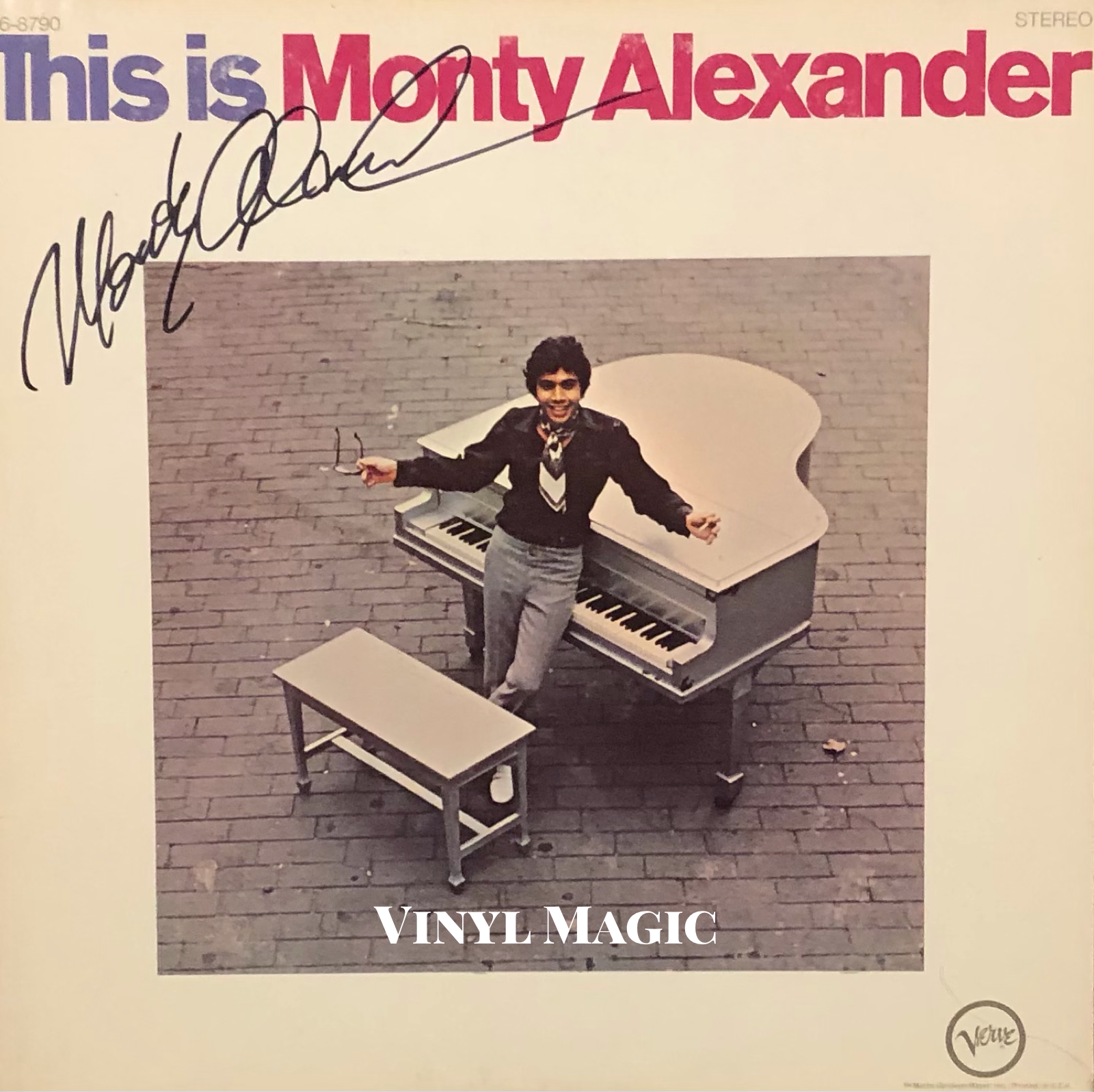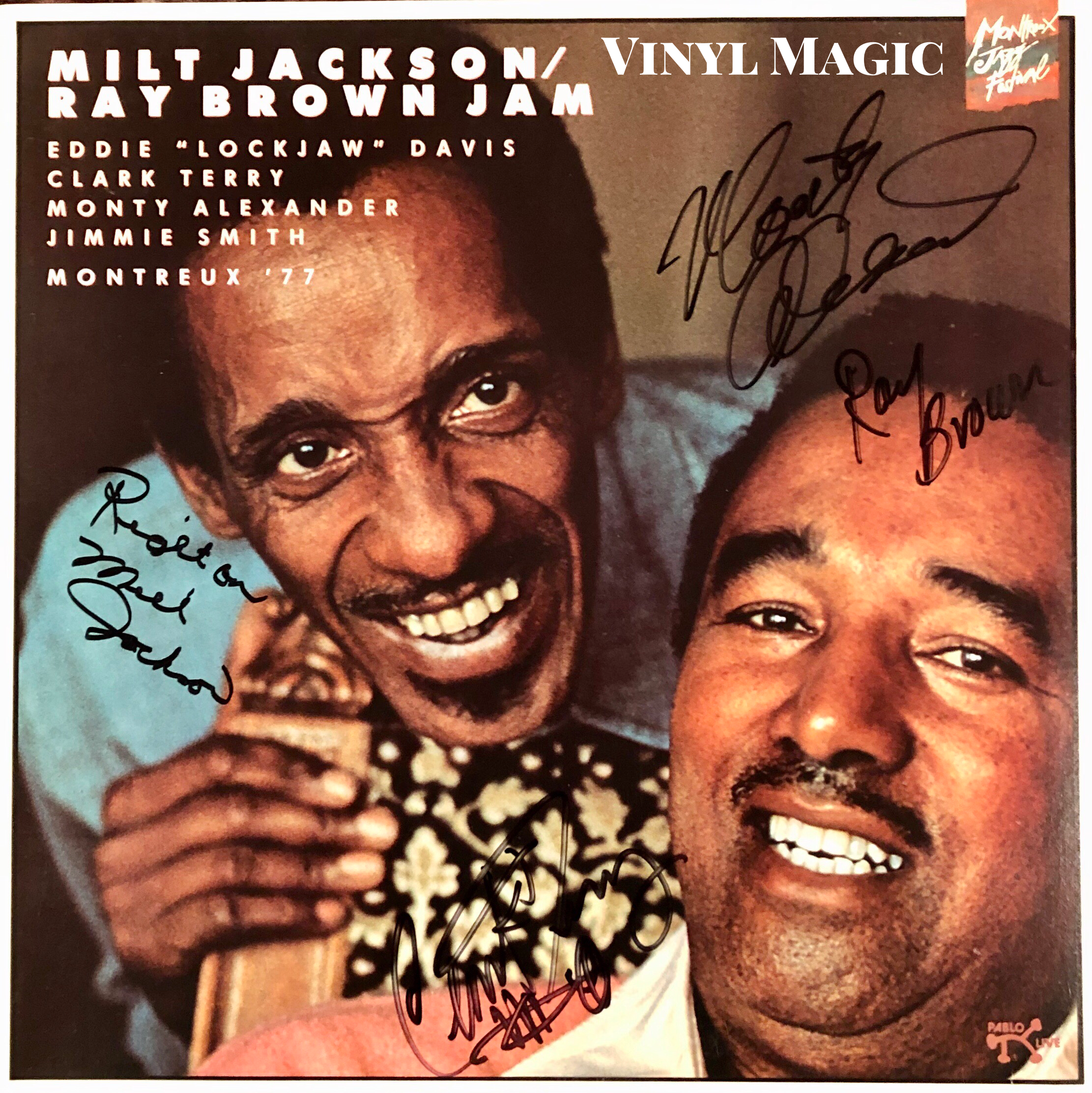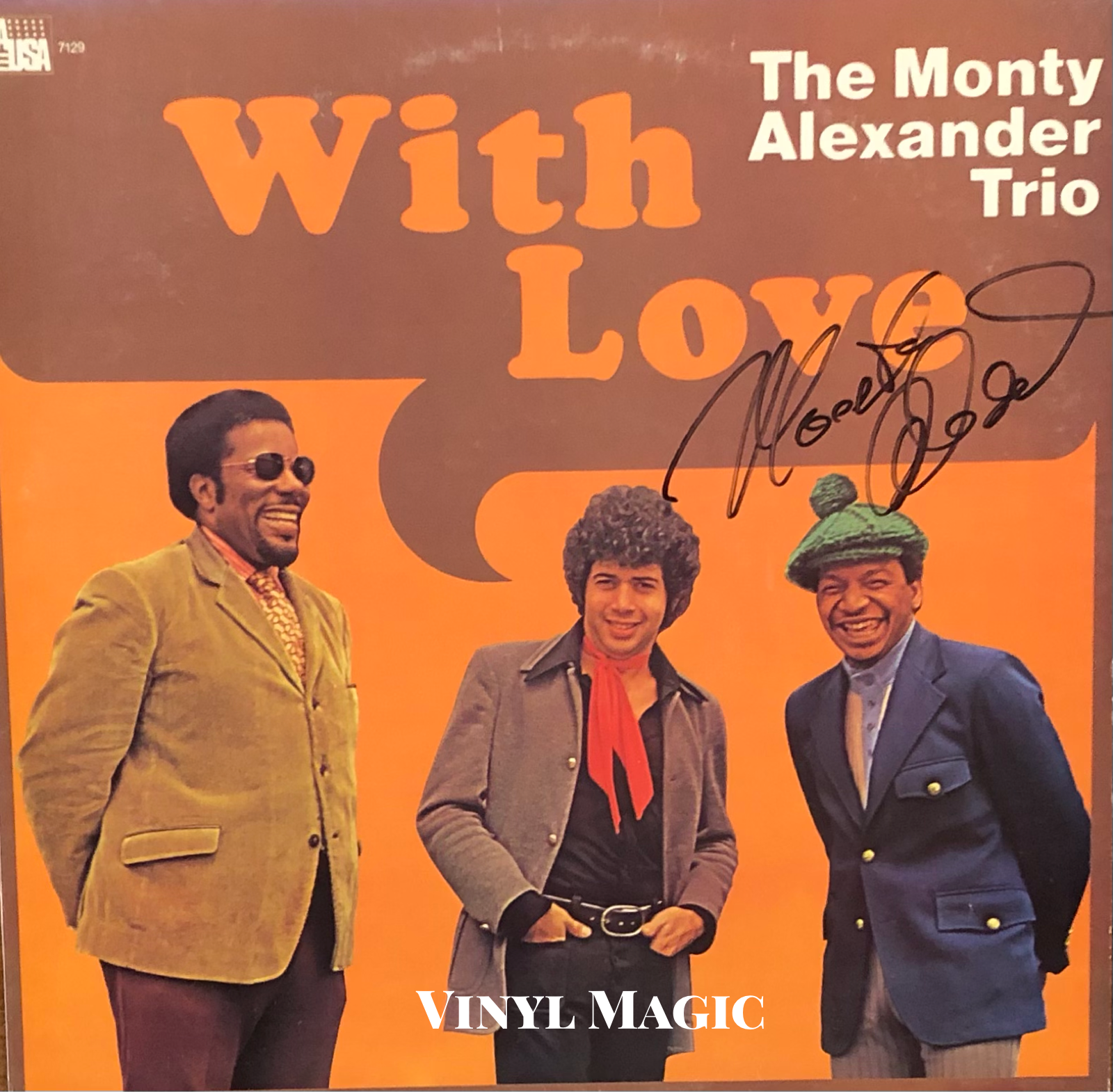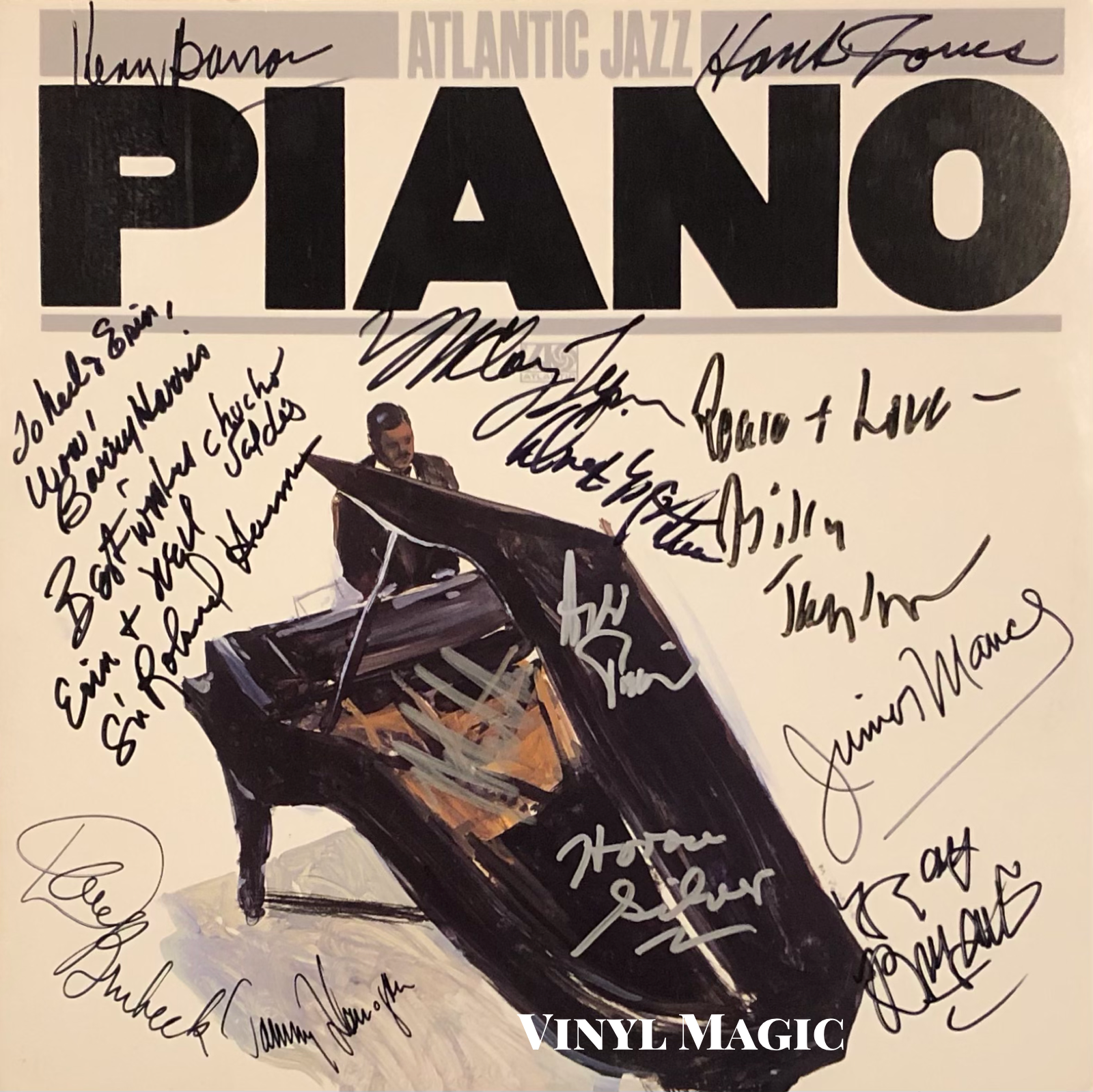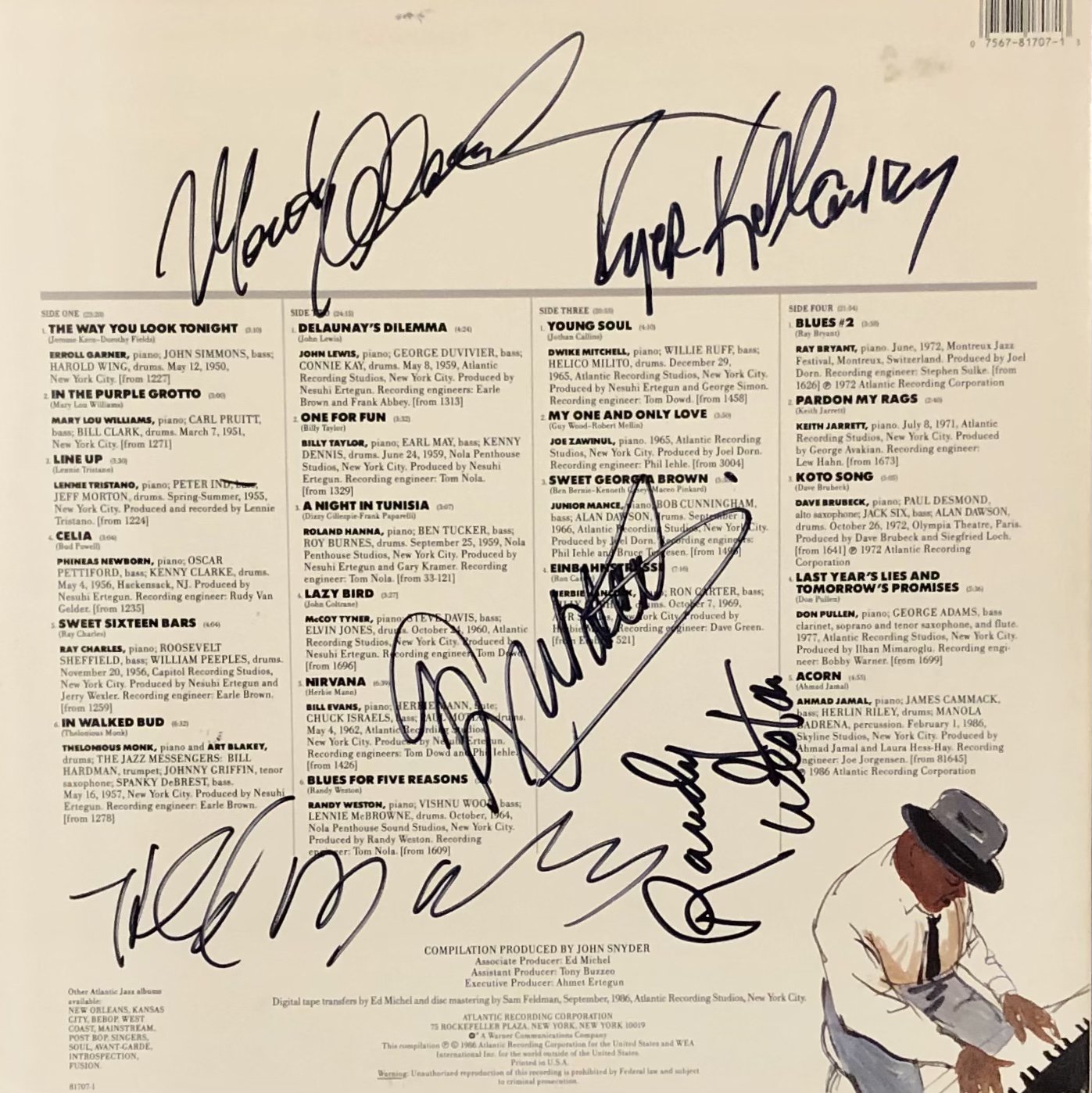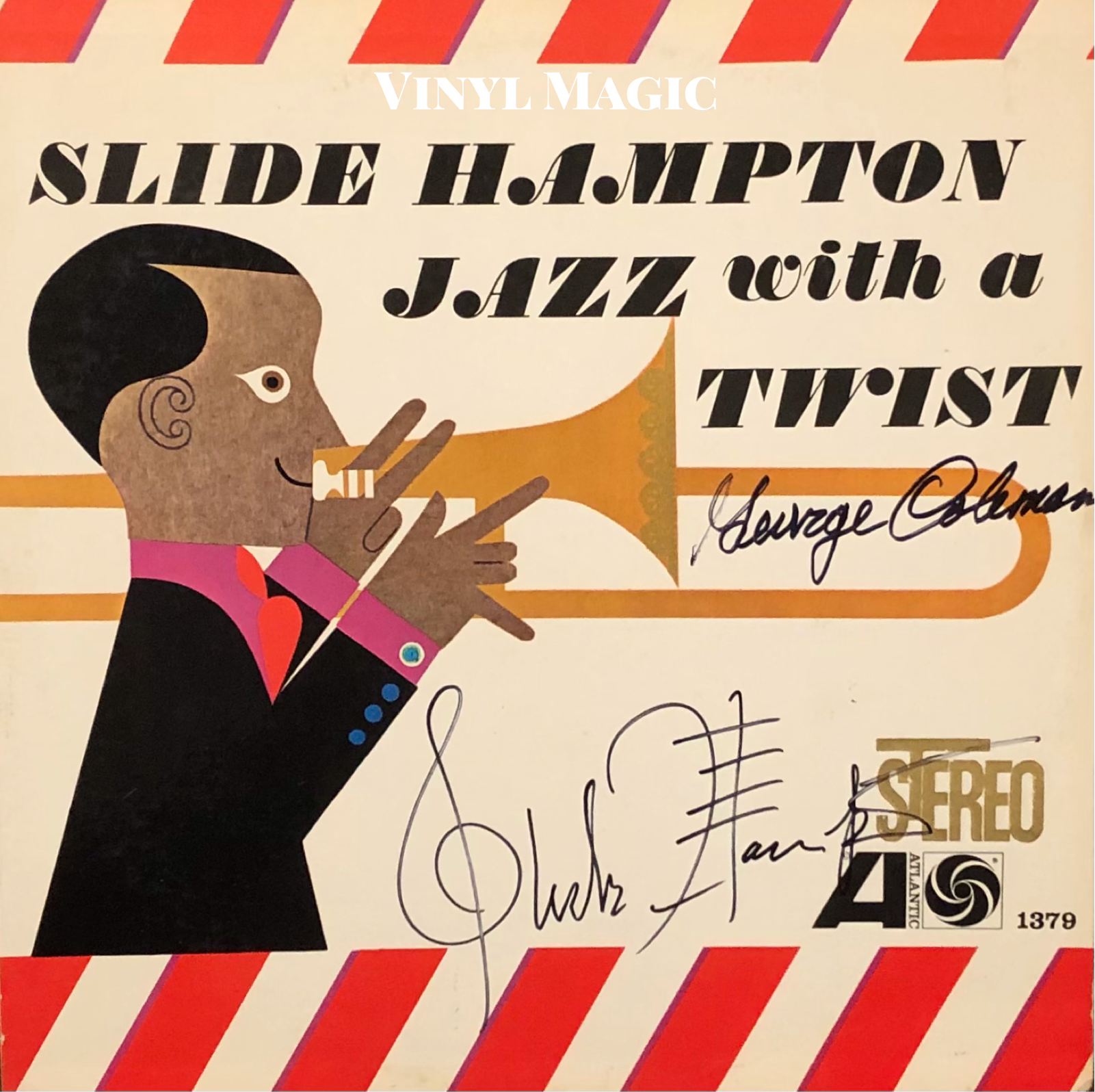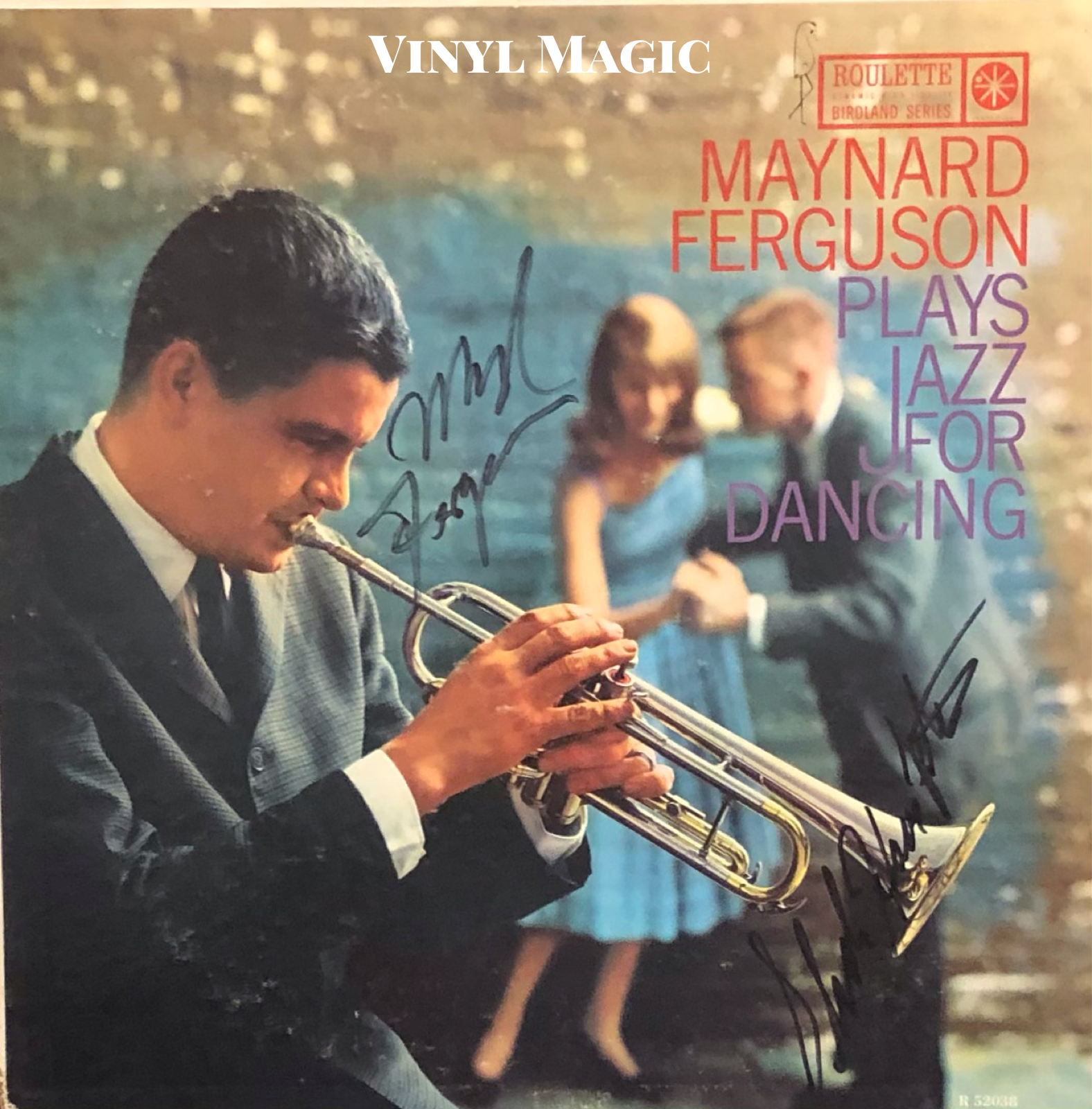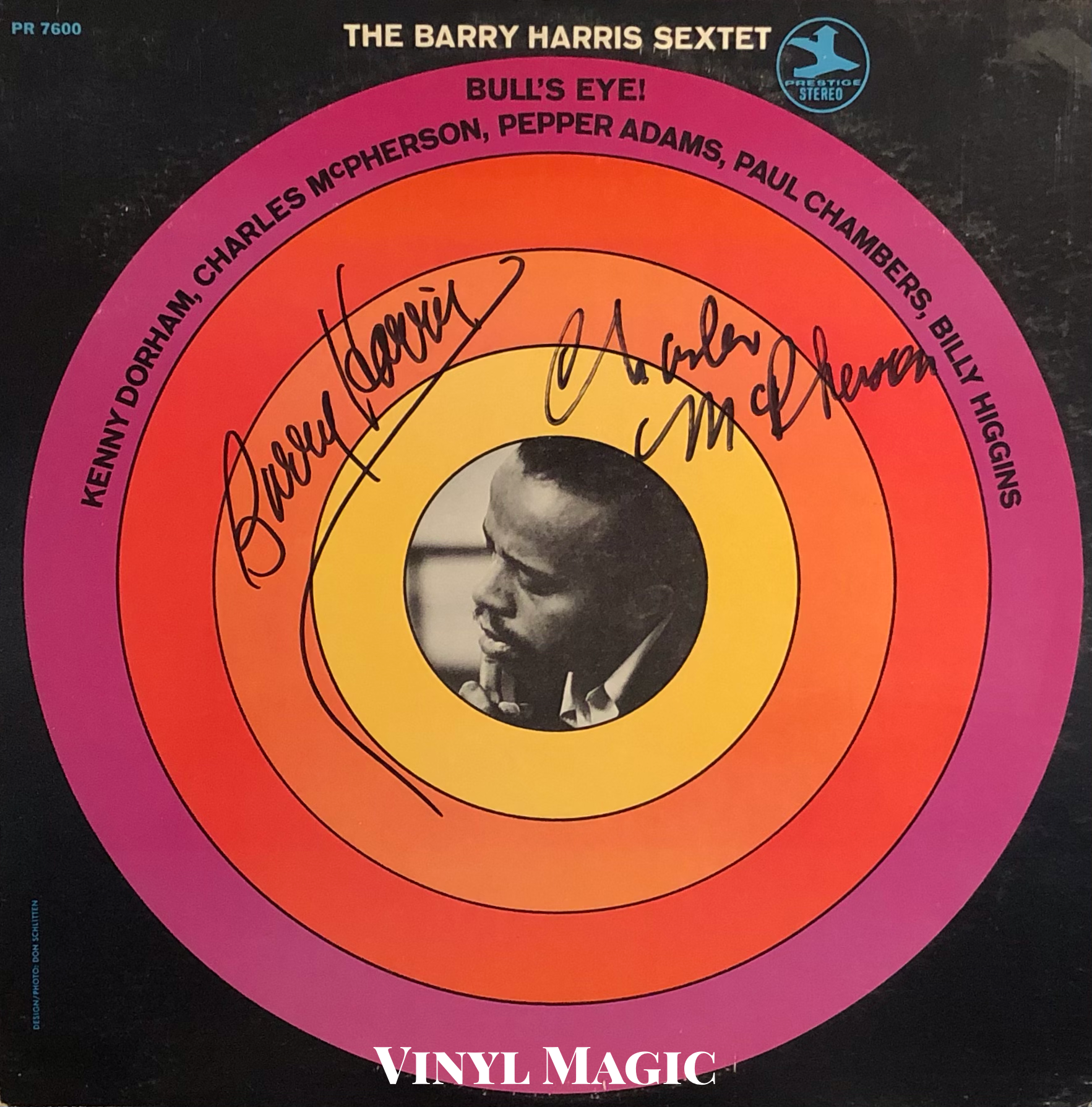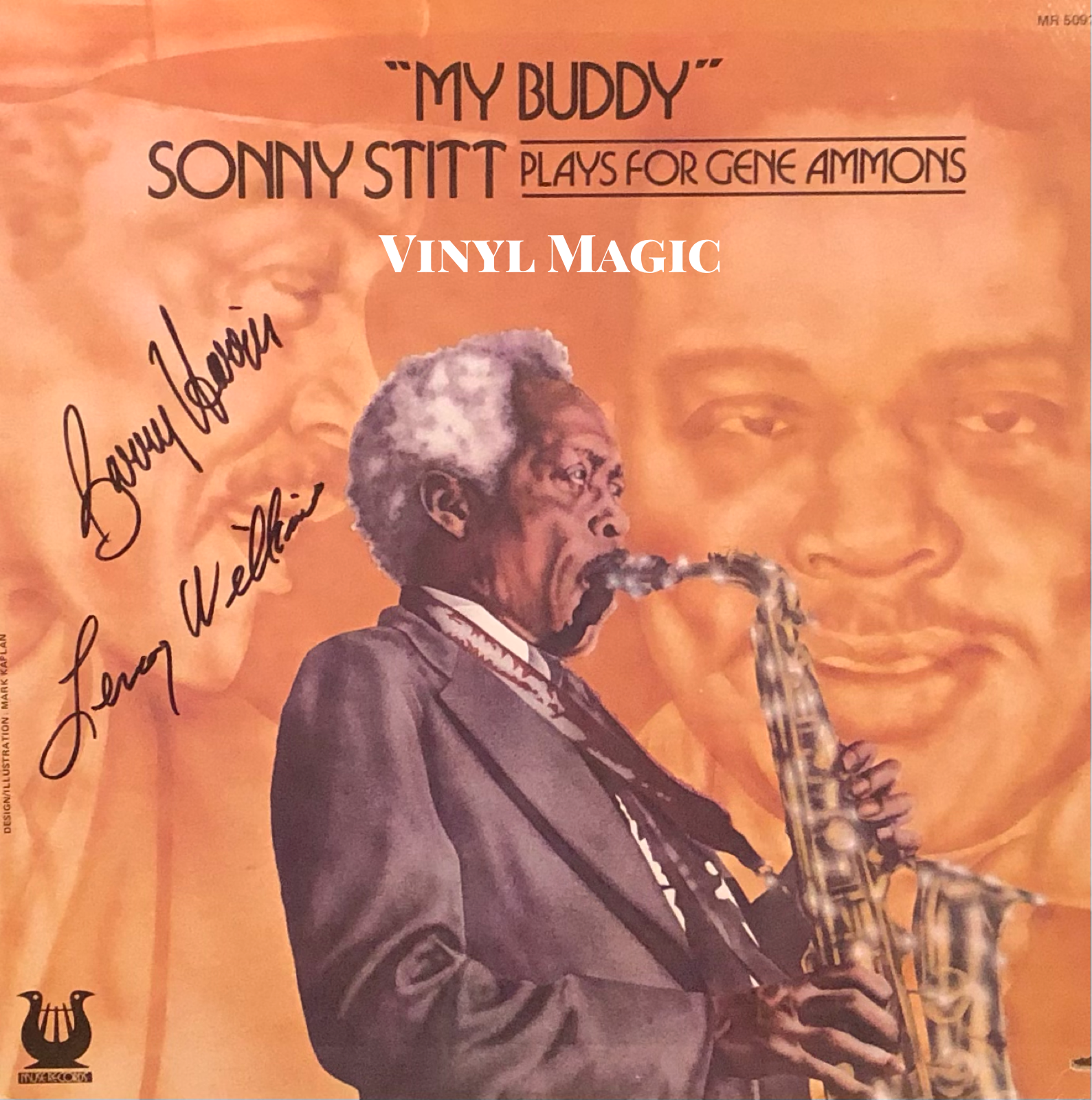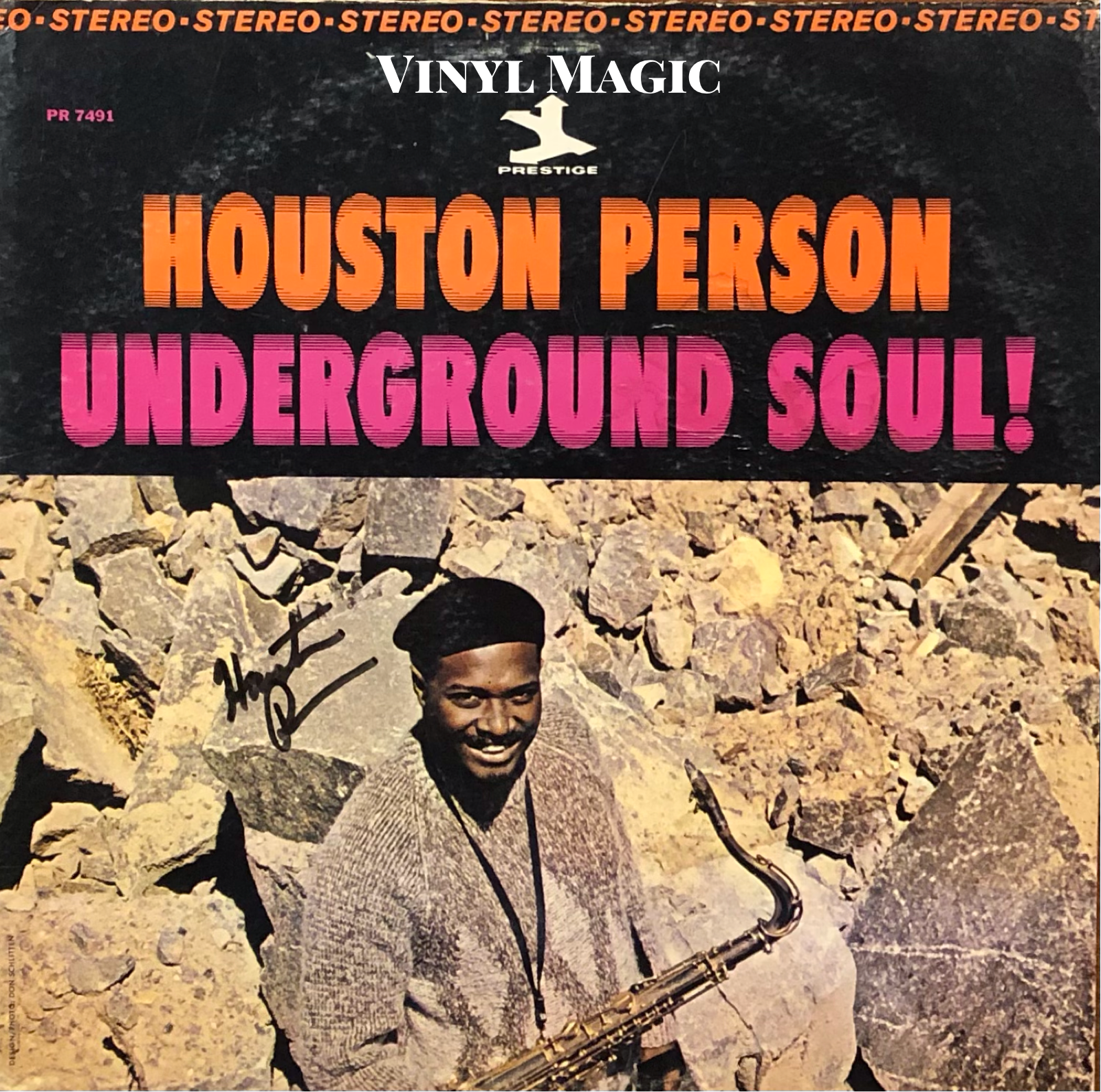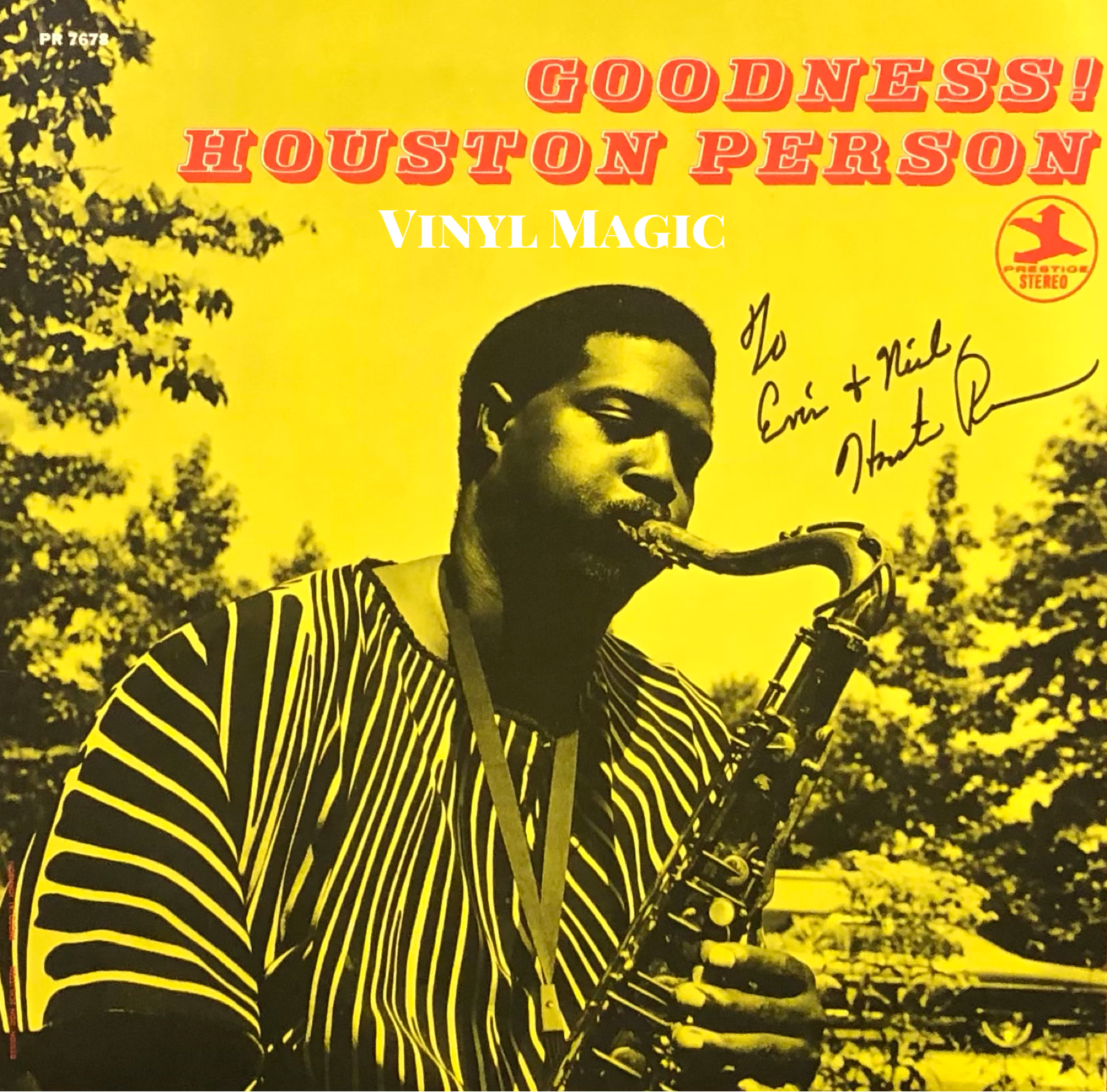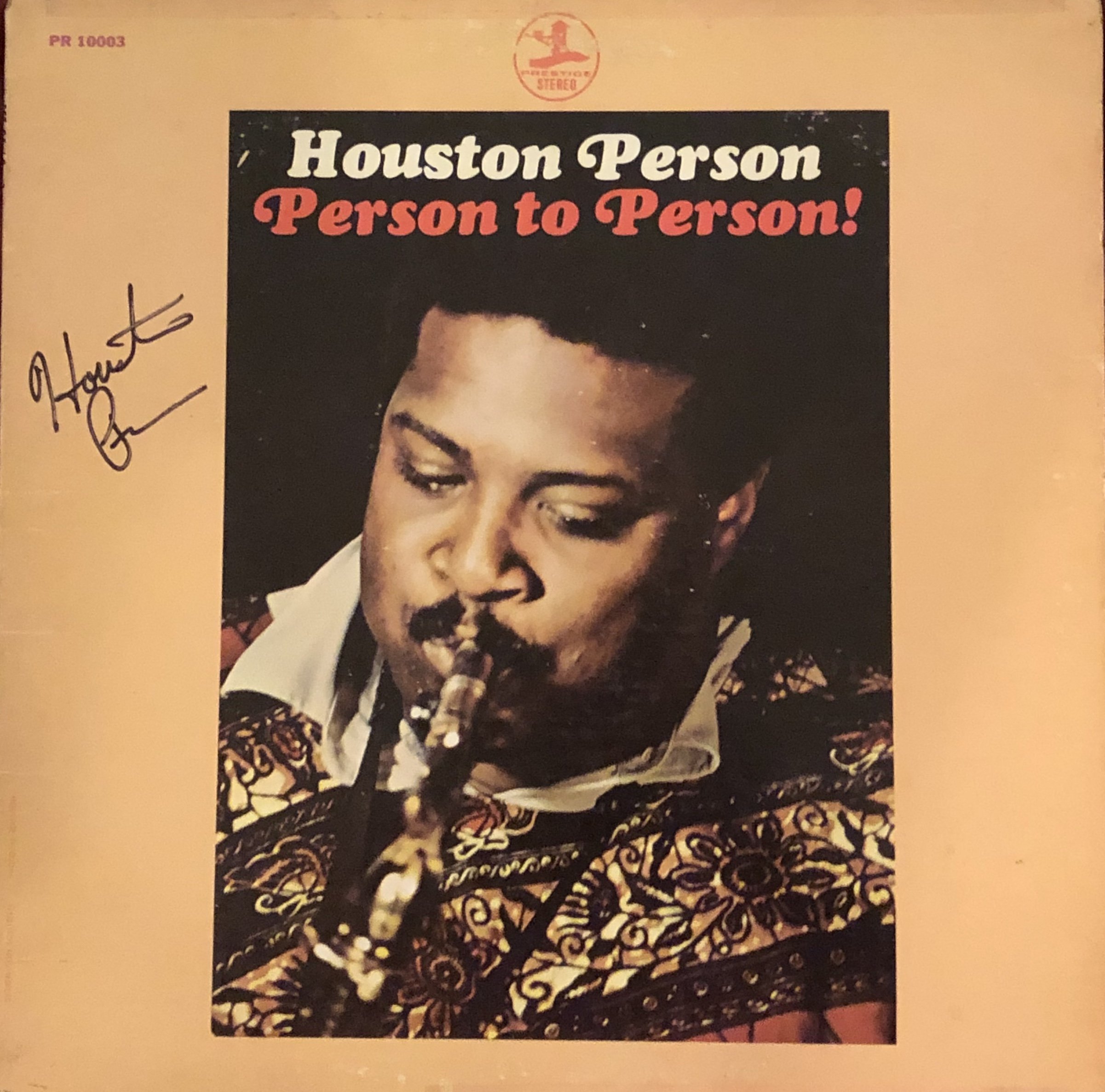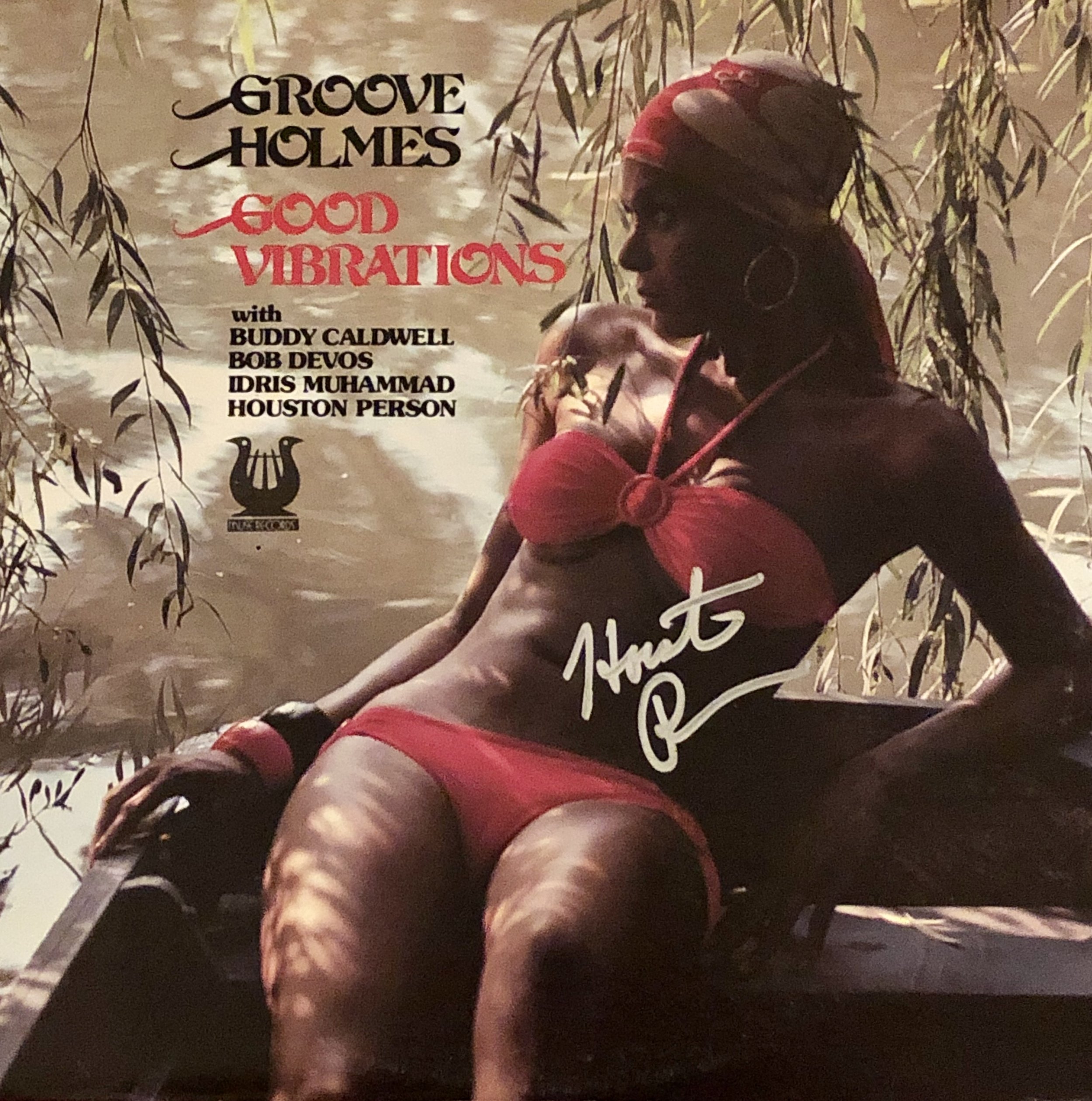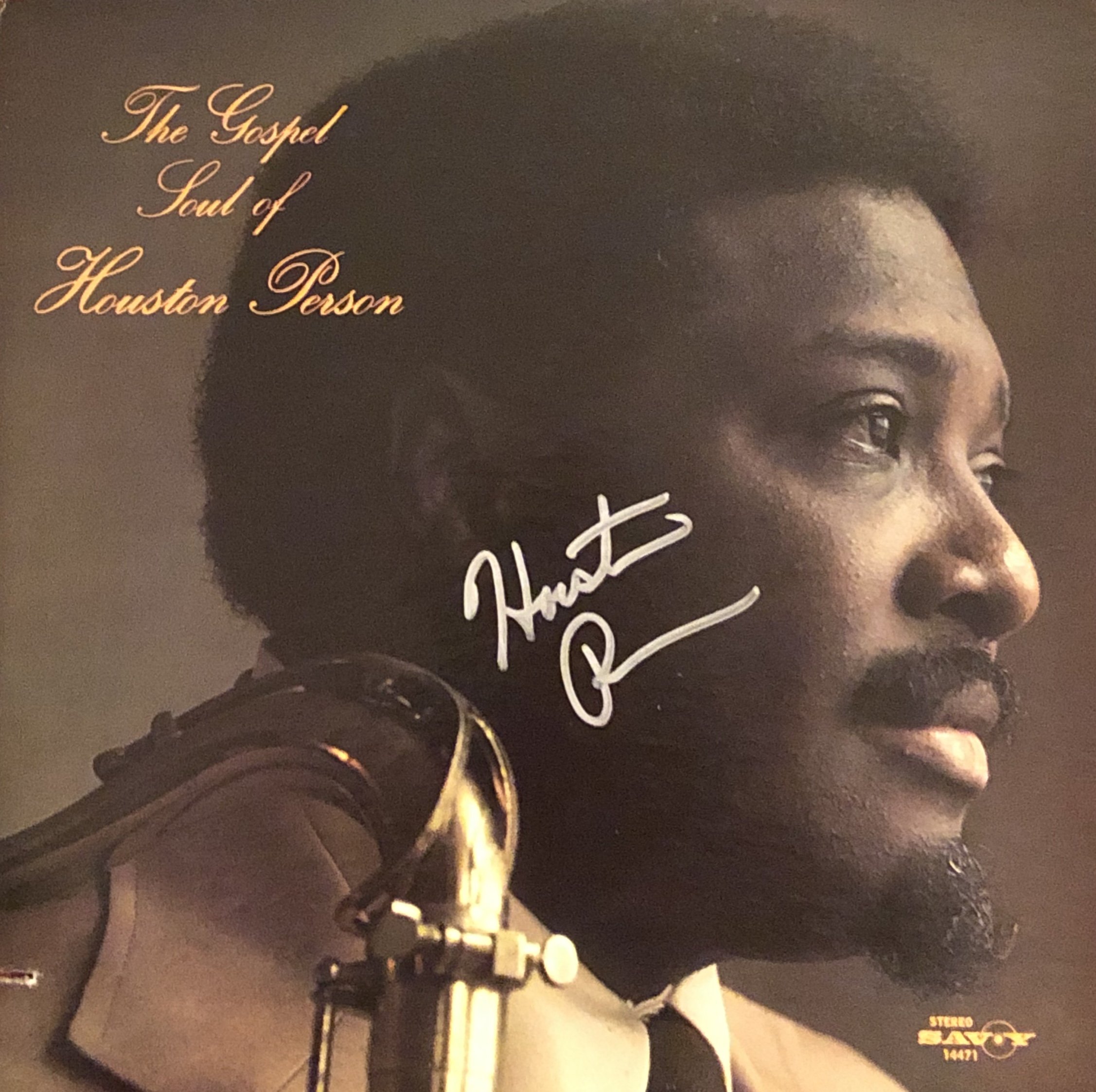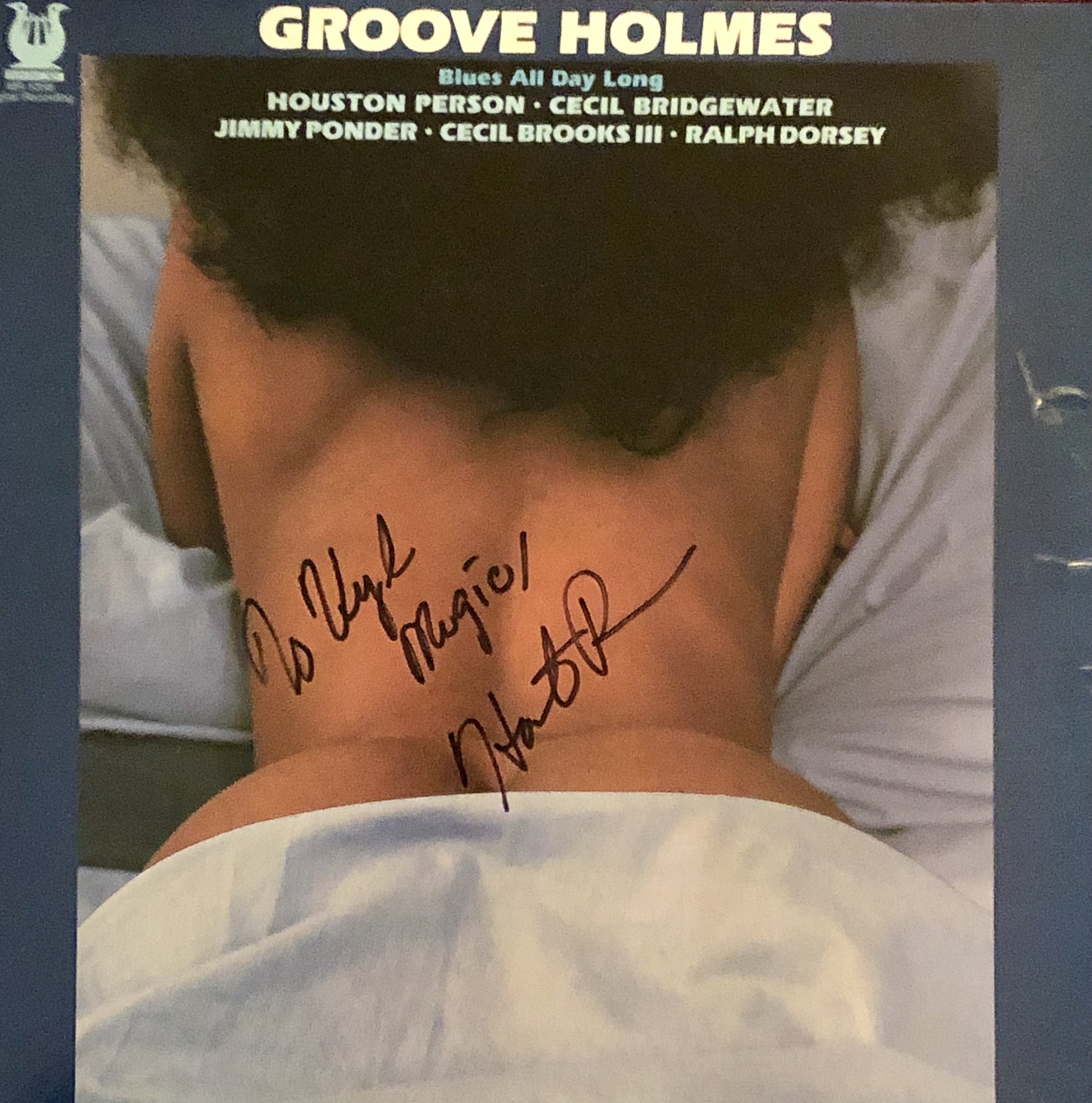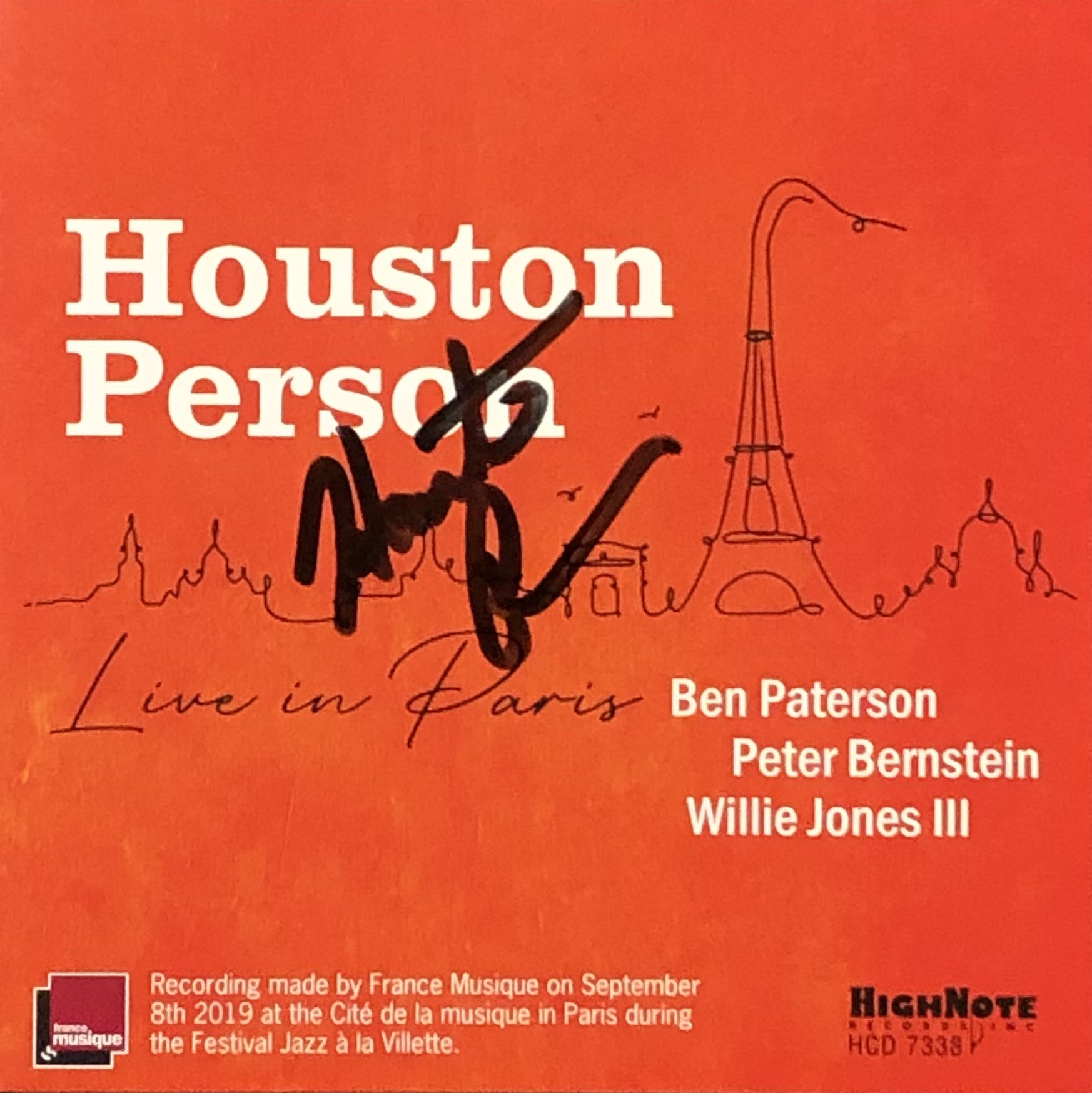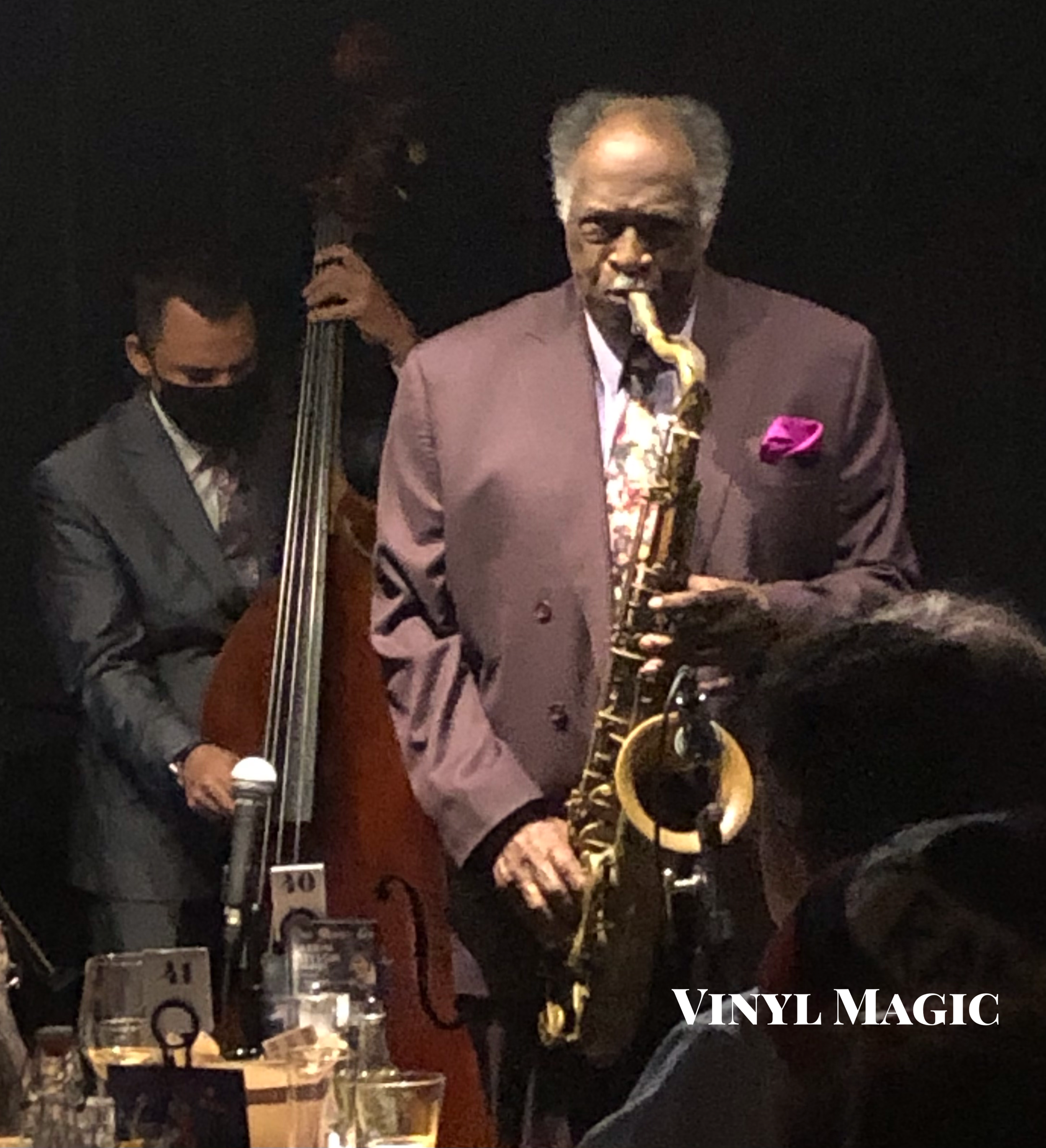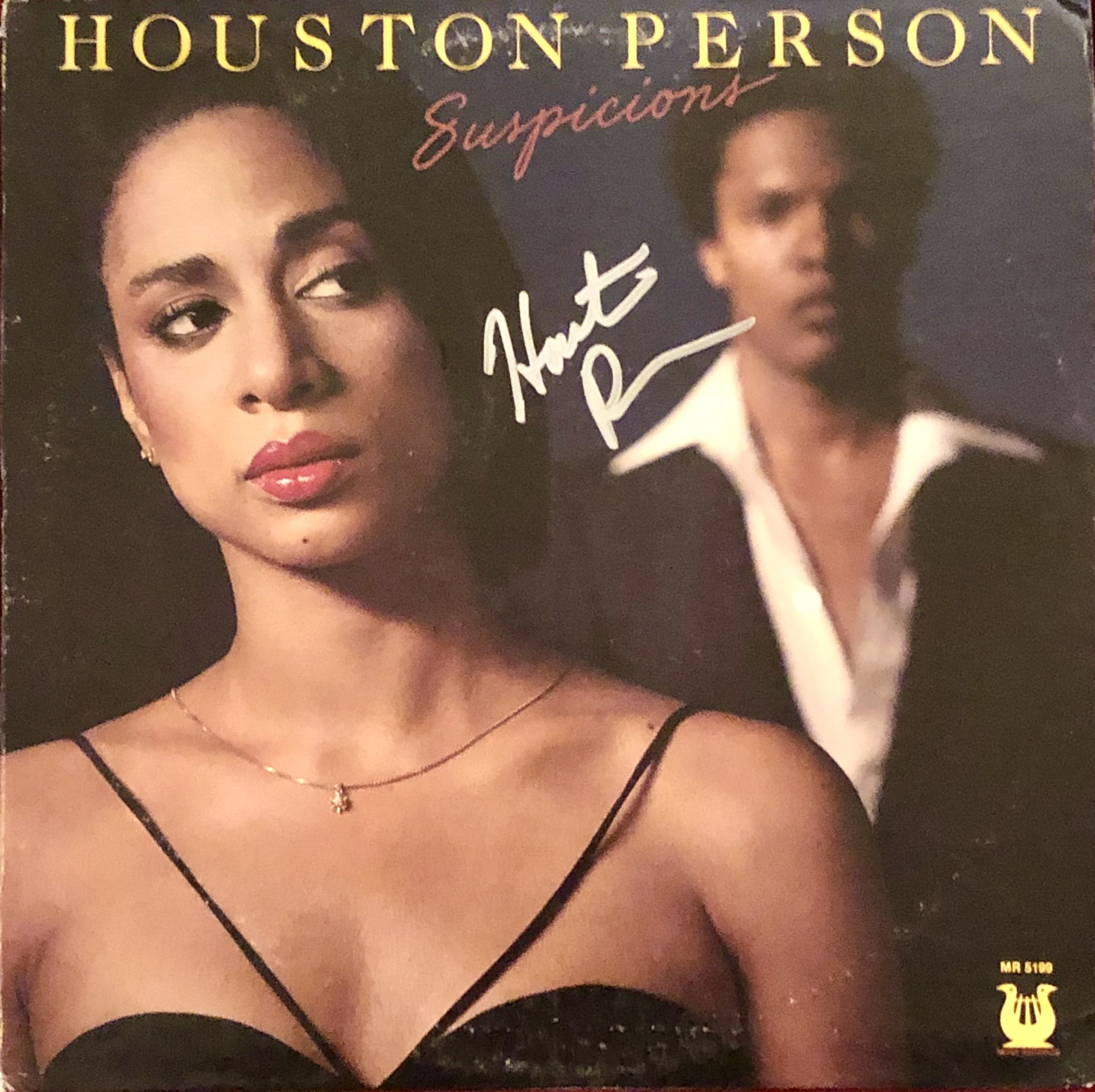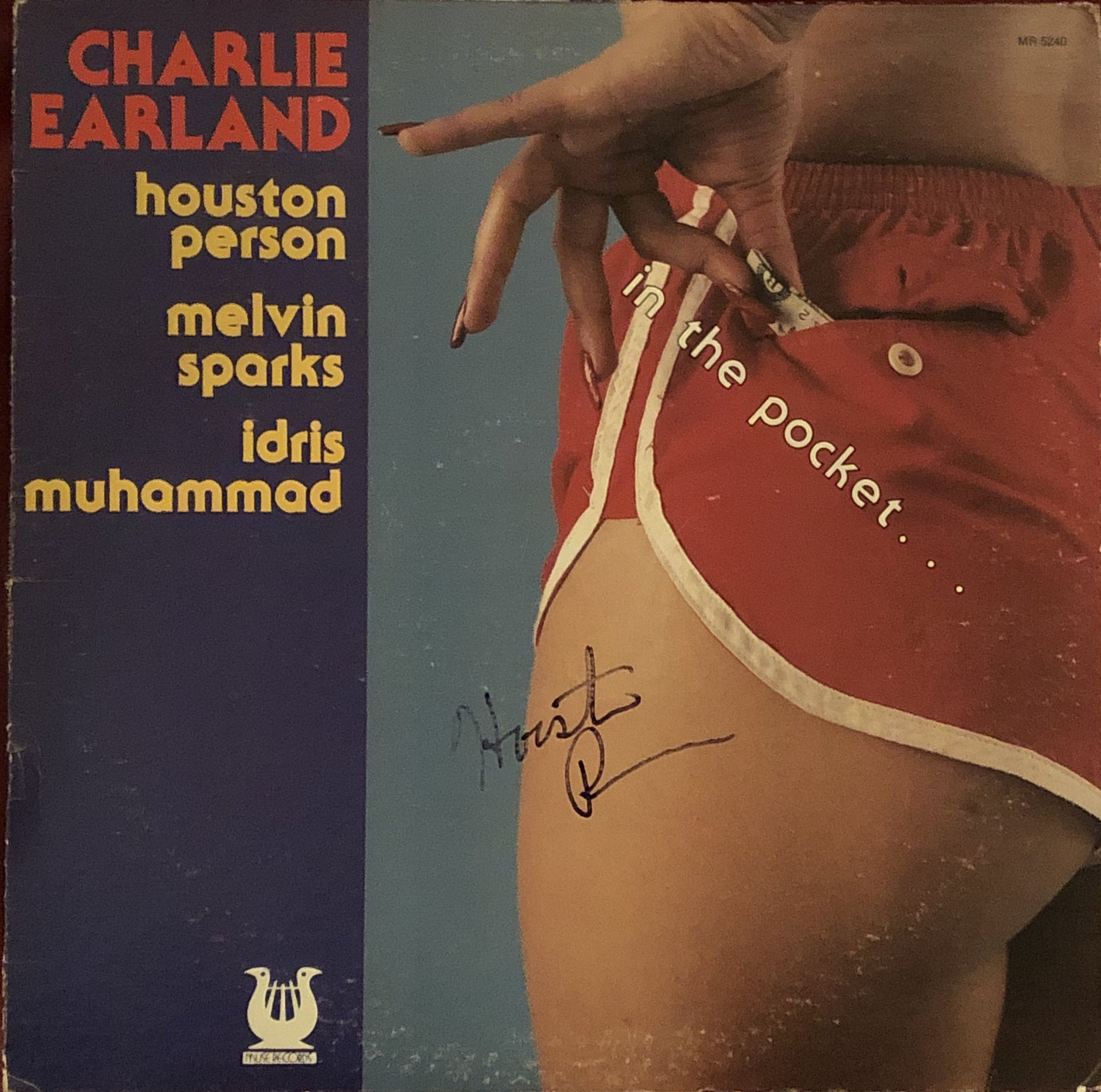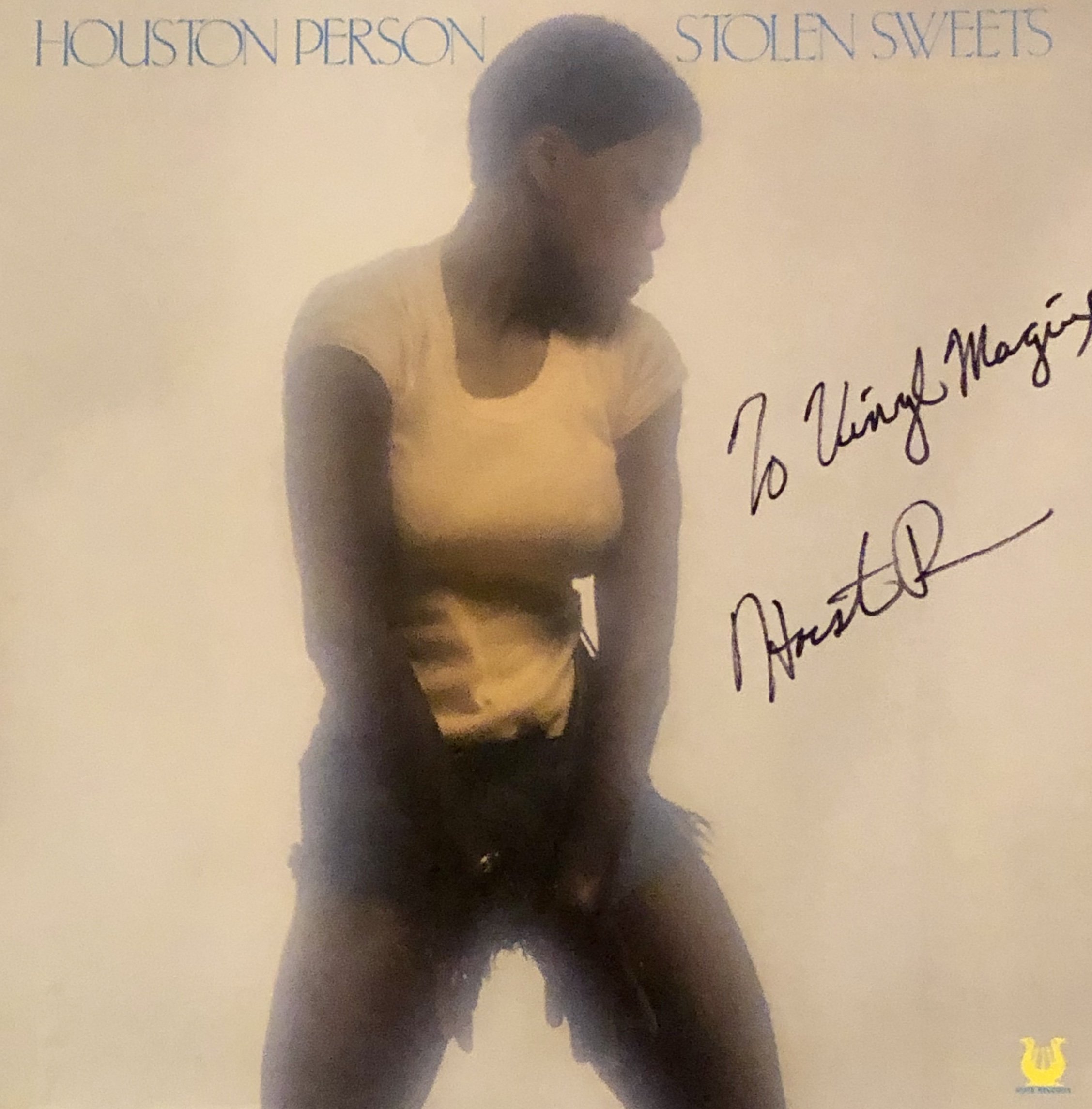Kris Kristofferson and Me...
It was a real eye-opener to see the way he worked. He didn’t record like anybody in Nashville did. They used to have three-hour sessions and expect to do three songs. But Bob would go and sit at the piano all night long and write. He would finish a song at 7 a.m. after being up all night and then call in the musicians, who had been playing ping pong or something, and they’d go in and cut a great track. I was pretty much in awe of him at the time, but I never talked to him or anything. I didn’t want to bother him. I just emptied the trash cans and watched him.
Kris Kristofferson, Nashville janitor, observing Bob Dylan during the Blonde On Blonde 1966 recording sessions
He’s still just a hero. He did so much to change songwriting. He lifted it all up to a level of poetry. Popular songs before then were all (How Much is That) Doggie in the Window, you know? What he did was give songwriters freedom to express themselves in ways that songs hadn’t done before. And I’m so grateful to him, because it made the rest of us songwriters feel like we were working on some piece of art that was worth doing. He influenced people like me and Willie Nelson and Johnny Cash. His songwriting influenced everybody, and he was the one who made the fight for human rights a public thing.
Kris on the colossal influence of Bob Dylan
I wrote “Jesus Was A Capricorn (Owed To John Prine)” because I was so influenced by John. When I heard his songs I felt like his writing had kicked me into doing it. You take things from all over the place, though you don’t always admit it! I was really influenced by Roger Miller, Shel Silverstein and Mickey Newbury. Everybody you admire influences you somehow in your art.
Kris Kristofferson
The Silver Tongued Devil And I (1971) signed by Kris
If God made anything better than women, he kept it for himself.
Kris Kristofferson
I had a list of rules I made up one time. It says: 'Tell the truth, sing with passion, work with laughter and love with heart.' Those are good to start with anyway.
Kris Kristofferson
(Toughest man?) Muhammad Ali, not just from his fighting, but because of the way he’s handling his incapacity. He’s never felt sorry for himself, and the last time I saw him, he was as sweet as ever. I met him back in the ’70s, after I did A Star Is Born, and he’d seen the movie. We’ve been close since. I remember that Waylon Jennings, who wasn’t impressed with anybody, wanted to meet Ali. I introduced them at some restaurant in Los Angeles, and I was worried because that’s when Waylon was really messed up. He looked like death eating a soda cracker - his hair was all greasy and he’d been up for a month, I think, but they became great friends too.
Kris Kristofferson
At my age there’s more behind you than there is ahead of you, and as you go along, your close friends and heroes start dying, so you definitely get more reflective of your whole life... I’ll carry things around with me for years before I use ’em. Singing them now takes me to the place I was when I wrote it, which is very rejuvenating at my age. For me, it all connects back to when I decided I was going to go my own way. I left the path that others had decided for me, including being in the Army, and just went off to do what I loved to do. And looking back, I just can’t believe how well it has turned out.
Kris Kristofferson 2016 interview
Me And Bobby McGee (1969 recordings, 1971 rerelease) signed by Kris
Kris Kristofferson contains multitudes: a Rhodes Scholar, Oxford University graduate, Gold Gloves boxer, helicopter pilot, US Army Ranger Captain, janitor in Columbia Records Nashville studio, singer, songwriter, and part of The Highwaymen - the Mount Rushmore of Country Music - a quartet whose other members included Johnny Cash, Waylon Jennings and Willie Nelson. An influential and nonpareil songwriter, no one else has had their songs sung by Joan Baez, Johnny Cash, Bryan Ferry, The Grateful Dead, Al Green, Norah Jones, Janis Joplin, Gladys Knight & The Pips, Jerry Lee Lewis, Elvis Presley, and Frank Sinatra among many others. It's hard to imagine a more disparate and diverse group of musicians, and his talents don't end there. Kris is also an accomplished actor who starred with Barbra Streisand in the 1978 remake of A Star Is Born for which he received a Golden Globe for Best Actor, and the acclaimed movies Pat Garrett & Billy The Kid (by Sam Pekinpah), Alice Doesn't Live Here Anymore (by Martin Scorcese), and Heaven's Gate (by Michael Cimino). A gross underachiever, if he weren't so wildly talented, good natured and good looking, I might have a burning and smoldering resentment!
Born in Brownsville, Texas, a border town on the southern tip of the Gulf Coast, Kris grew up in a military family. His father was a US Army Air Corps officer who later became a distinguished US Air Force Major General. As a result, the family moved quite a bit, not an uncommon military itinerant experience, before settling in San Mateo, California. Upon graduation from high school in 1954, Kris enrolled in Pomona College, and his early literary talents shone as The Atlantic Monthly published two of his short stories. At Pomona, Kris graduated Summa Cum Laude with a Bachelor of Arts degree in Literature and won a prestigious Rhodes Scholarship to study at Oxford University. While at Oxford, Kris played rugby and also wrote his first songs while recording demos as Kris Carson. The reception was less than inspiring, "They wanted to package me as 'A Yank at Oxford' or something, but it didn't take." So he returned to the United States and a career as a professor and writer seemed likely.
However, the familial siren call of military service proved to be an inescapable lure, as Kris enlisted in the US Army when he returned stateside. He completed his Ranger training, eventually becoming a Captain, and he was deployed to Germany where he became a helicopter pilot, a skill he would later use to land unannounced on Johnny Cash's lawn to hawk his compositions, but I digress... Given his many talents, Kris had options but a chance encounter with an Army general crystallized Kris' choice, "When I was stationed in Germany, I used to fly a General back to the States. He was asking me about my next assignment, which was to teach literature at West Point. I told him I was interested in the job, but that I also had a desire to become a country music songwriter. I come from a military family, and I'm sure to him it sounded like I was going to join the circus. But he looked at me and said, 'Follow your heart.' I never forgot that, it was a hell of a thing for a General to say." The General's wise counsel would resonate in music thereafter.
Kris explained what happened next, "Right after I resigned from the Army in 1965, I flew helicopters for oil platforms in the Gulf of Mexico. I flew personnel from rig to rig, and I’d live on a platform out at sea. I had a lot of time to myself — no wine, women, or songs — so I’d sit in my helicopter and write. That’s where I wrote “Me and Bobby McGee” and “Help Me Make It Through the Night.” A few years later when I was on the road and not writing so much, my publisher told me I ought to go back out to the oil platforms. I told him, 'You go.' " Armed with great original compositions, Kris went to Nashville to sell his songs. It was a lot harder and trickier than he expected.
Willie Nelson Sings Kristofferson (1979) signed by Kris, Willie Nelson
Struggling to get gigs and exposure, Kris took a job as a janitor at Columbia Records in Nashville and cultivated relationships with the ace session musicians. Kris was a fly on the wall on seminal recordings with Johnny Cash, Bob Dylan, Waylon Jennings and others, as he explained, "The first time I ever heard Waylon, I was a janitor at the recording studio at Columbia Recording in Nashville. And I volunteered to do a Saturday (cleaning shift) when Waylon was doing a demo, and I'd never heard anything like him." The menial aspects of his job, a Rhodes Scholar emptying ashtrays, did not deter him, as Kris recalled, "Looking back, it might look like it was hard to live with, but it wasn't because I was around people that I respected. Yes, I was sweeping floors and emptying ashtrays, but I was emptying Geroge Jones' ashtrays, and sweeping the floor after Bob Dylan or Johnny Cash recorded."
A talented lyricist and wordsmith, his singing, though heartfelt and soulful, was rather flat and lacked range, "I’d had five years of being in Nashville where they didn’t even want me to sing my own demos! I got other people to sing them for me, but then my publisher couldn’t afford to do that any more so I had to sing them myself. But Fred (Foster) at Monument (Records) decided I was a singer-songwriter, so I followed his advice and did it. I’m sure there were people who wondered why in the world I thought I would make it as a singer, but it was something I loved, whether I was built for it or not, and it worked out. Everything was working magically. Johnny Cash was my friend and was doing my song, “Sunday Morning Coming Down." and suddenly everything seemed to be turning out for the best."
In fact, Kris had been pestering friends and acquaintances to get his songs to Johnny Cash to no avail. He even gave Johnny a couple of cassettes when their paths crossed at Columbia Studios, which Johnny said he threw into the lake on his property in Hendersonville, Tennessee. Nothing was working so, finally, Kris took matters into his own capable hands. He 'borrowed' a helicopter - he was flying for the National Guard - and he landed it on Johnny Cash's front lawn, "Well, I admit that did happen but that didn't do me any good, landing on John's property. He wasn't even there in the house at the time. I think he told the story that I got out of the helicopter with a beer in one hand and a tape in the other, but he wasn't even in the house. And I never would have been drinking while flying a helicopter." Kris was desperate for Johnny to sing "Sunday Mornin' Comin' Down," and although the stunt did not work immediately - it was initially recorded by Ray Stevens in 1969 - Johnny Cash's eventual cover of "Sunday Mornin Comin Down" in 1970 became a number one smash hit and catapulted Kris' career and cemented their friendship.
On television on The Johnny Cash Show, Johnny explained the song's significance, "I suppose we've all, all of us have been at one time or another a drifter of heart, and today, like yesterday, there's many of us that are on that road heading out. Not searching maybe for work, as much as for self-fulfillment, or understanding their life, trying to find meaning for their life. Many who have drifted, including myself, have found themselves no closer to peace of mind than a dingy backroom, on some lonely Sunday morning, with it coming down all around you." It's hard to underestimate what a number one song did for Kris as a songwriter and performer, but it was the beginning of an enduring songwriting and acting career which sustains all these decades later.
Highwayman (1985) signed by Willie Nelson
I was blessed to see Kris twice with The Highwayman live in concert. What began as a lark on a performance of the Jimmy Webb penned song "Highwayman," evolved into an entire album with the participation of fellow country music superstars Johnny Cash, Waylon Jennings, and Willie Nelson. "Highwayman" became a number one hit and led to several tours and two follow up albums between 1985-1995. It was an extraordinary experience witnessing these legends perform together along with the fearsome talents of Mickey Raphael on harmonica, Reggie Young on guitar, and Gene Chrisman on drums. I was not the only one in awe of the talent on the stage, as Kris later confided, "Oh, it was incredible. I had to pinch myself, standing up there with these guys who were my heroes, going around the world singing together as good friends. Although I know I wasn’t so in awe of them that I didn’t get into a few arguments – we were all pretty self-sufficient and expressive. I remember singing harmony with John on one of his songs and finally he looked at me and said, 'Nobody ever sings harmony on that song with me.' I was so embarrassed. I quit singing it and then later he asked me to sing it with him, so I guess he felt shitty about it, too. Johnny never did get to be life-sized, he was always larger than life. The whole thing was down to (producer) Chips Moman. He wanted us to sing together on Jimmy Webb’s “Highwayman." It came off well so he asked us to sing some others and the next thing you knew we had an album. I’m amazed that it worked, because everyone was such an individual – Willie is like a jazz singer over there, all by himself. We’d get back together every few years and we had some great times on the road. There was enough mutual respect that we put aside anything small. As long as we could just deal with each other and not have to deal with all the wives, we did pretty well!"
I also saw Kris perform a show at The Birchmere in Alexandria, Virginia in August 1995. Highlights were "Help Me Make It Through The Night," "For The Good Times," "Sunday Morning Comin' Down," the gospel poignance of "Why Me Lord?" and "Me and Bobby McGee" which Kris dedicated to the recently deceased Jerry Garcia. It was a remarkable performance of an even more remarkable song catalog. For his part, Kris was aware of the limitations of his voice, as he noted in a 2012 interview, "Every performer that's performed my songs has done them better than I did. I guess Janis (Joplin) doing "Bobby McGee" was one that moved me profoundly, because of our relationship. I got to know her not too long before she died, but we were close. The first time I heard her version, unfortunately, she had just died, and it blew me away." After the show, Kris was kind in signing a couple of albums, he especially loved Willie Nelson Sings Kristofferson, "Willie's been such a great friend and supporter for so long," he said as he handed the album back to me. I thanked Kris for his time and all the great songs.
The last time I saw Kris, he was opening for Merle Haggard at Town Hall in New York City on October 25, 1999. The show was supposed to start at 8pm, however, I decided to get there early and entered the venue around 7:30 pm. My instincts proved prescient, as Kris came on stage around 7:40 pm as patrons were still shuffling around and finding their seats. "Yeah, I know I'm early," Kris said to a smattering of applause, "But I have a lot of songs to sing, and I'm gonna get started." No one was complaining, except those who stumbled in late, as Kris began to play his catalog with the same passion and energy as when he first wrote the songs. When he was done, Kris hung around, watching Merle off stage in the wings, one master storyteller and performer paying homage and giving proper respect to another.
For his epitaph, Kris has said he'd select the astute words of another poet laureate, Leonard Cohen:
"Like a bird on the wire,
Like a drunk in a midnight choir,
I have tried in my way to be free."
Kris Kristofferson, as gifted a songwriter and storyteller as there is,, what a legacy of songs and performances he leaves!
Choice Kris Kristofferson Cuts (per BKs request)
"The Pilgrim: Chapter 33" Kris and Emmylou Harris live
https://www.youtube.com/watch?v=faF0wOsVucw&list=PL287B5F02A6762C13&index=6
"To Beat The Devil" Kristofferson 1970
https://www.youtube.com/watch?v=bMdeg-WKt1U
"The Highwaymen" Kris, Johnny, Waylon and Willie, live Nassau Coliseum 1990
https://www.youtube.com/watch?v=DwCgn9KoaRM
"Here Comes That Rainbow Again" live at Austin City Limits
https://www.youtube.com/watch?v=r0ARfcJvJ68
"Sunday Mornin' Comin' Down" Kris, Johnny, Waylon, Willie, live Nassau Coliseum 1990
https://www.youtube.com/watch?v=maC2x8lPhpo
"For The Good Times" Al Green, live on Soul Train 1973
https://www.youtube.com/watch?v=D8NsoN4S7IE
"Me and Bobby McGee" live, Nassau Coliseum 1990
https://www.youtube.com/watch?v=Q-kyAF1JSVs
"Me and Bobby McGee" Grateful Dead live 1972
https://www.youtube.com/watch?v=sfjon-ZTqzU
"Me and Bobby McGee" Pearl Janis Joplin released posthumously 1971
https://www.youtube.com/watch?v=Zf3fet3UxrU
"Why Me Lord?" Ray Charles and Johnny Cash 1981
https://www.youtube.com/watch?v=SV6ICc7YXAA
"Why Me, Lord?" Elvis Presley live in Memphis 1974
https://www.youtube.com/watch?v=g2u_rEcWW8M
"Why Me Lord?" Kris Kristofferson
https://www.youtube.com/watch?v=uvL2JELr6eM
"Why Me Lord?" Merle Haggard
https://www.youtube.com/watch?v=yCdfYkUPvTs
"Jesus Was A Capricorn (owed to John Prine)" Jesus Was A Capricorn 1972
https://www.youtube.com/watch?v=s4RpggqE_p8&list=OLAK5uy_nQmX3JvqylVrbSK2QxtvrgdHHEKuH4_IQ&index=10
"Epitaph" written for Janis Joplin, The Silver Tongued Devil And I 1971
https://www.youtube.com/watch?v=rTjy8PsWnNY
"Please Don't Tell Me How the Story Ends" To All The Girls... Willie Nelson and Rosanne Cash 2013










